Wigmore Abbey, Adforton, Herefordshire, SY7 0NB
One of Herefordshire’s most historical Grade I listed properties with exceptional gardens and grounds situated in an idyllic setting.
Leintwardine 1.7 miles, Ludlow 7.8 miles, Hereford 22 miles
Guide Price £1,500,000
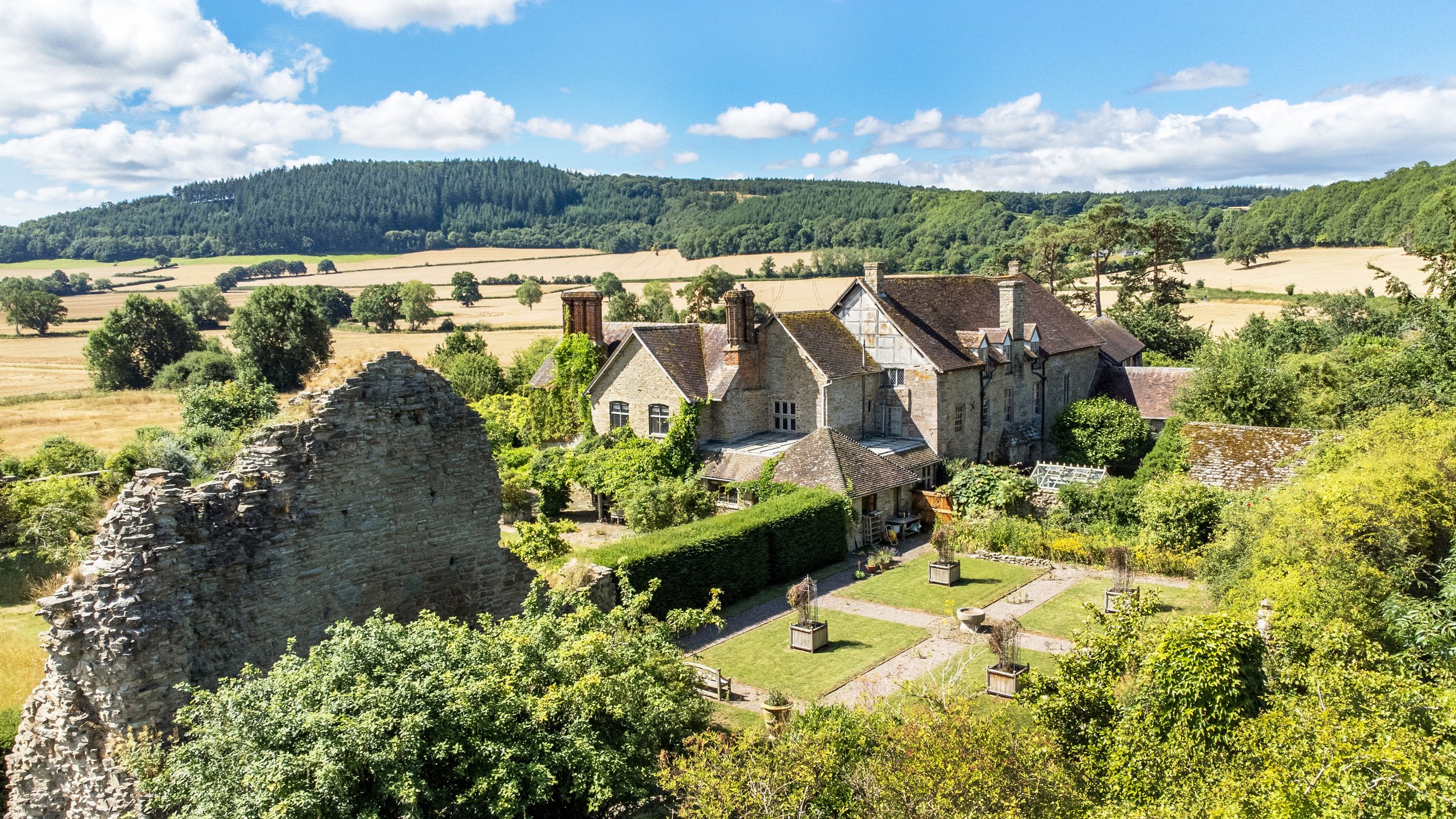
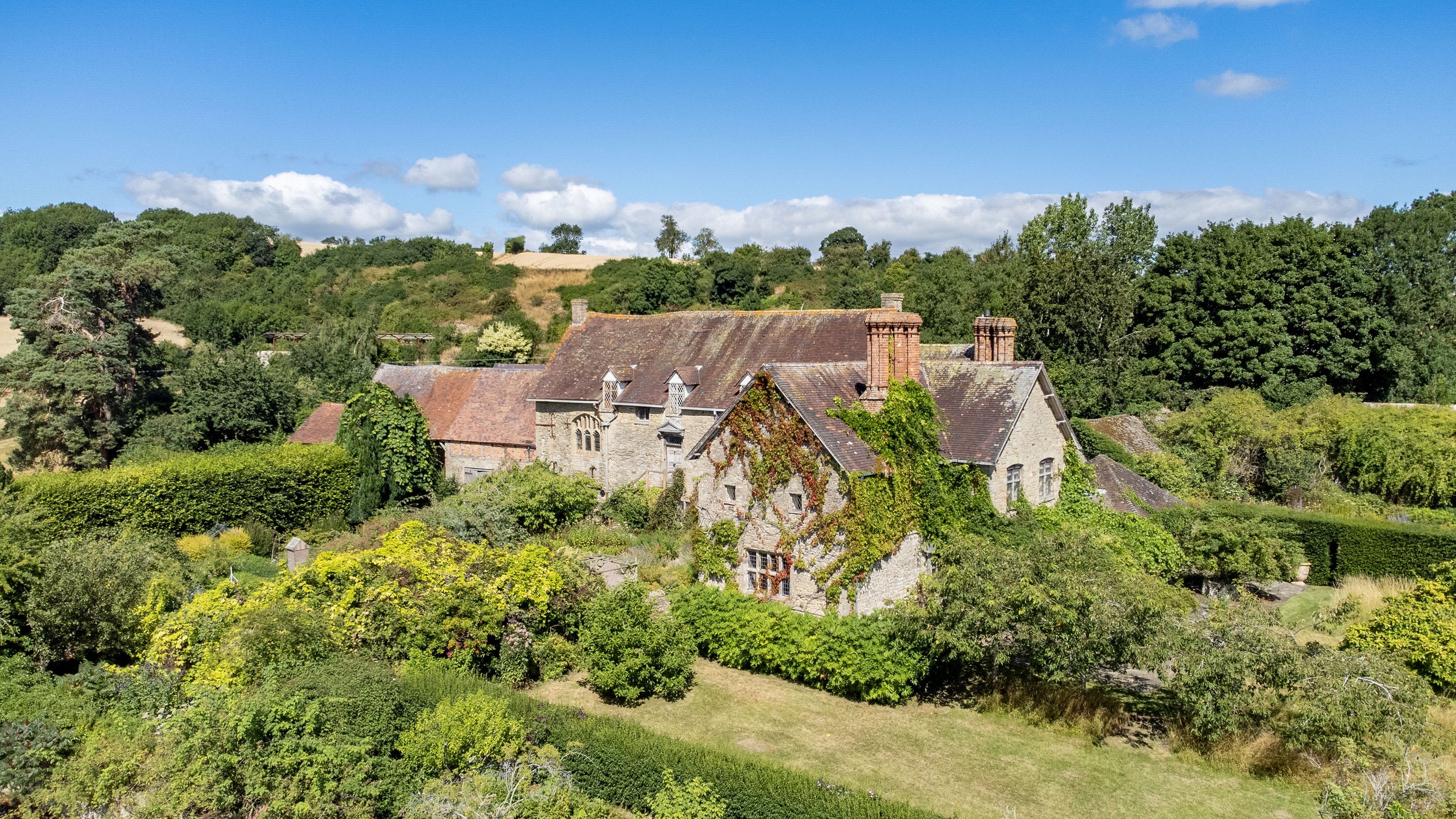

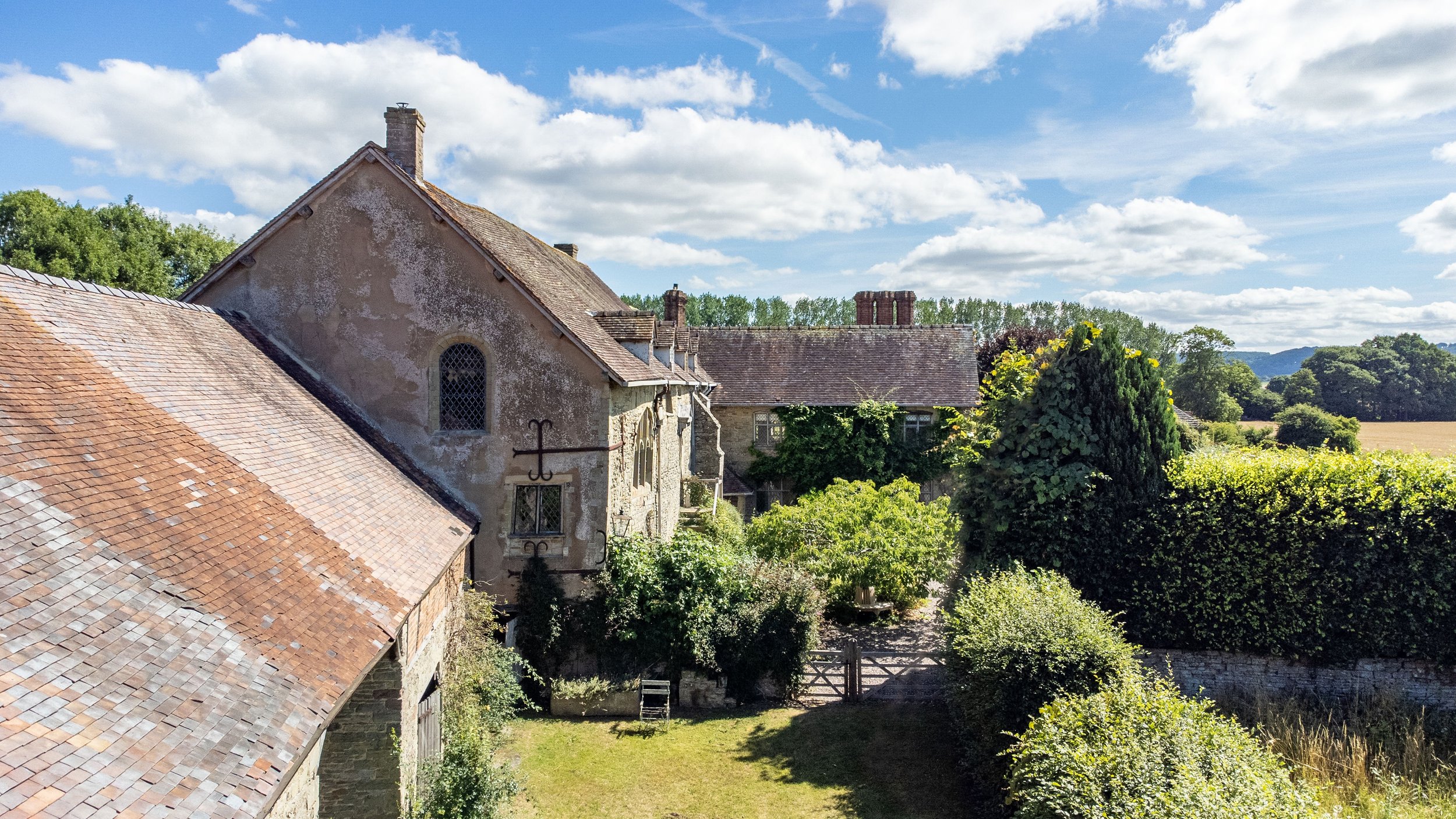
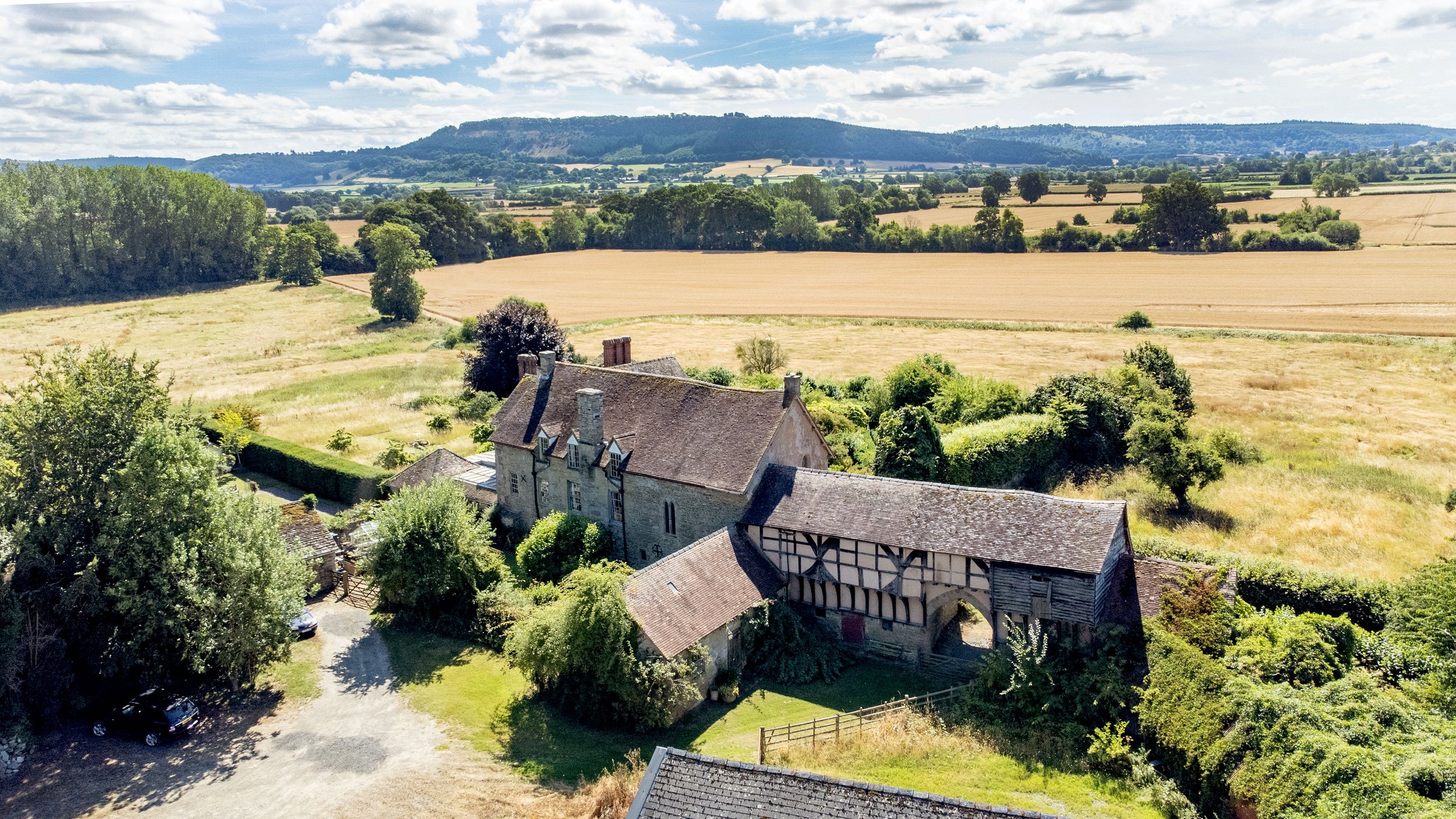

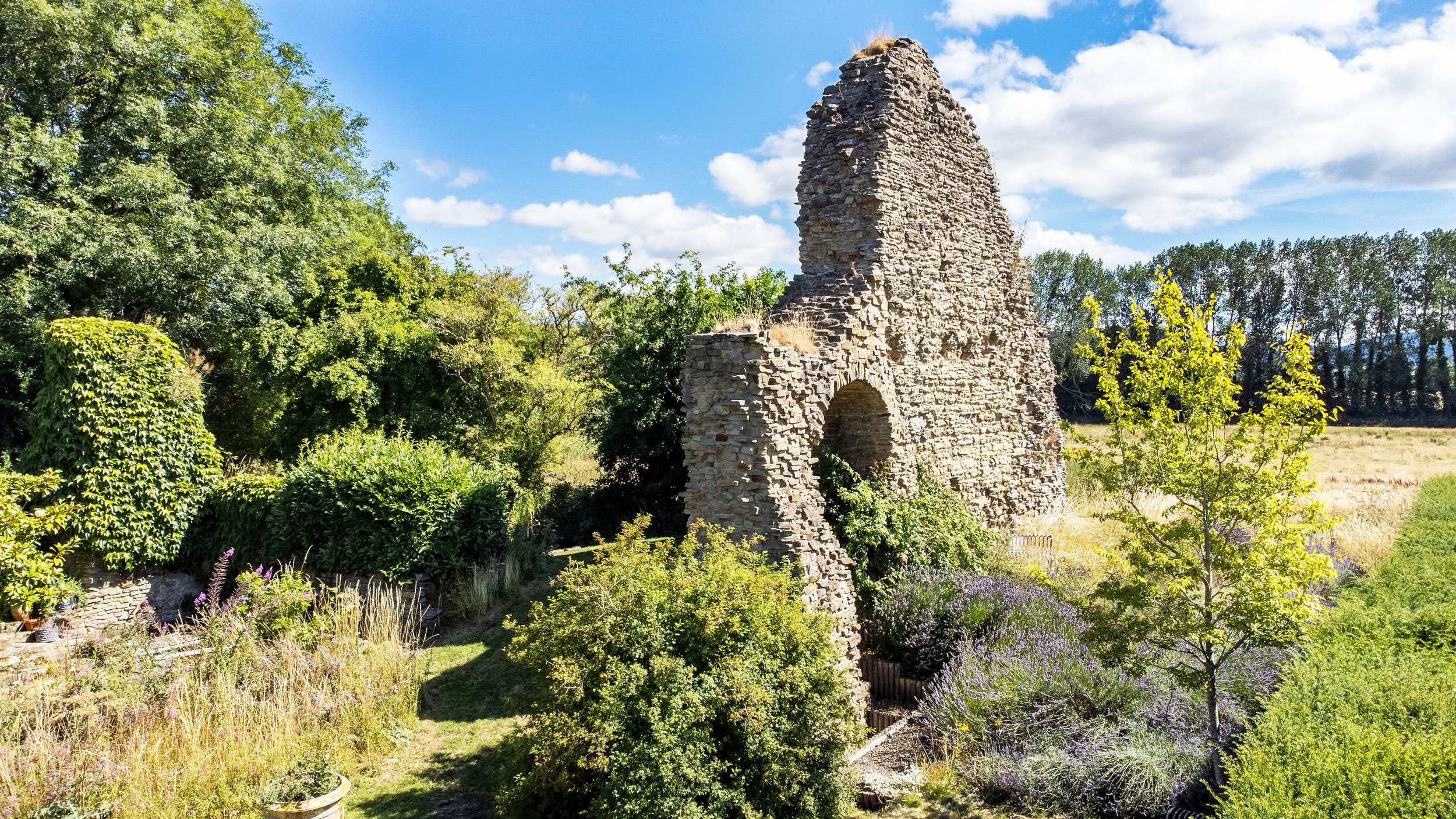
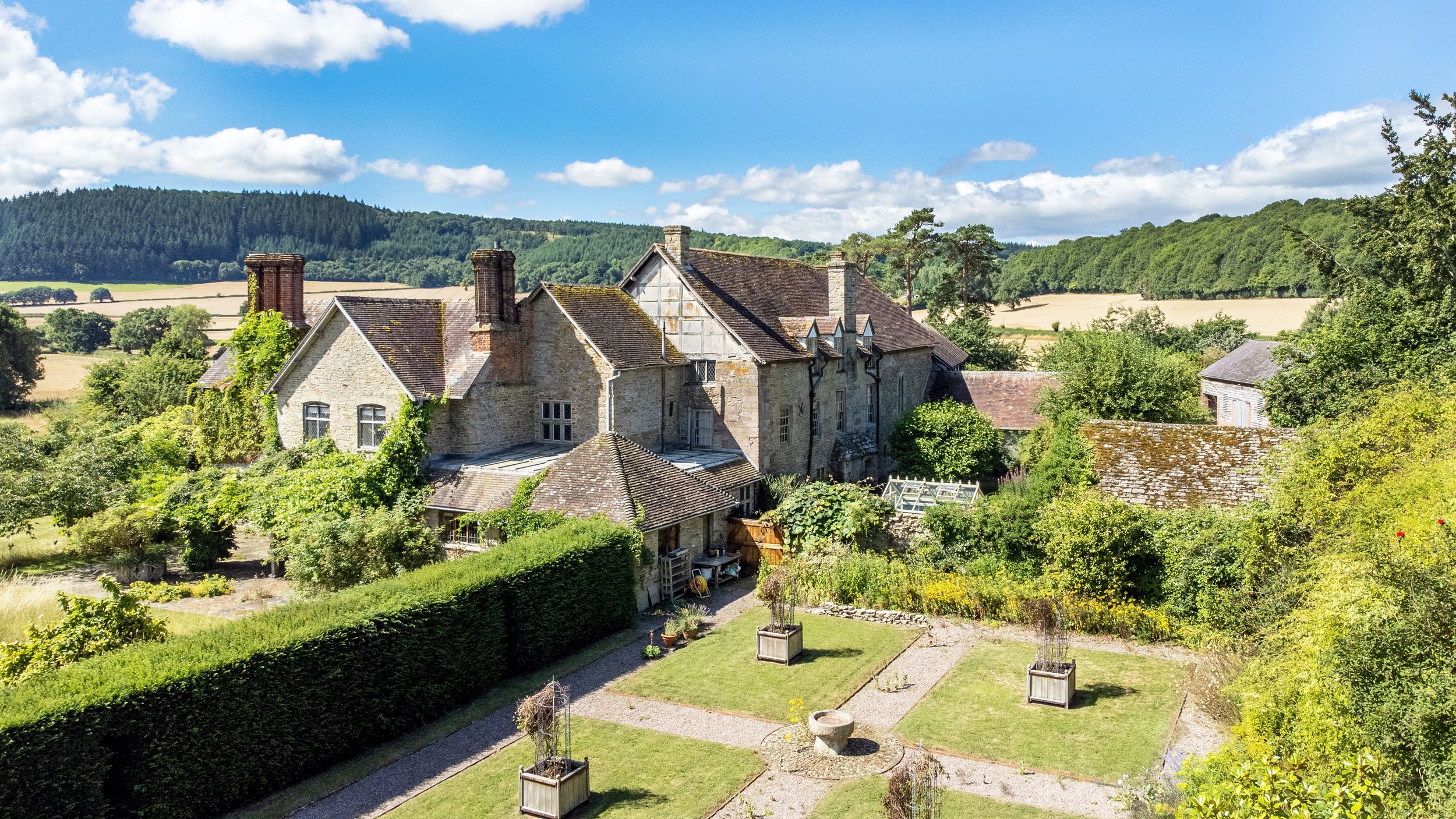
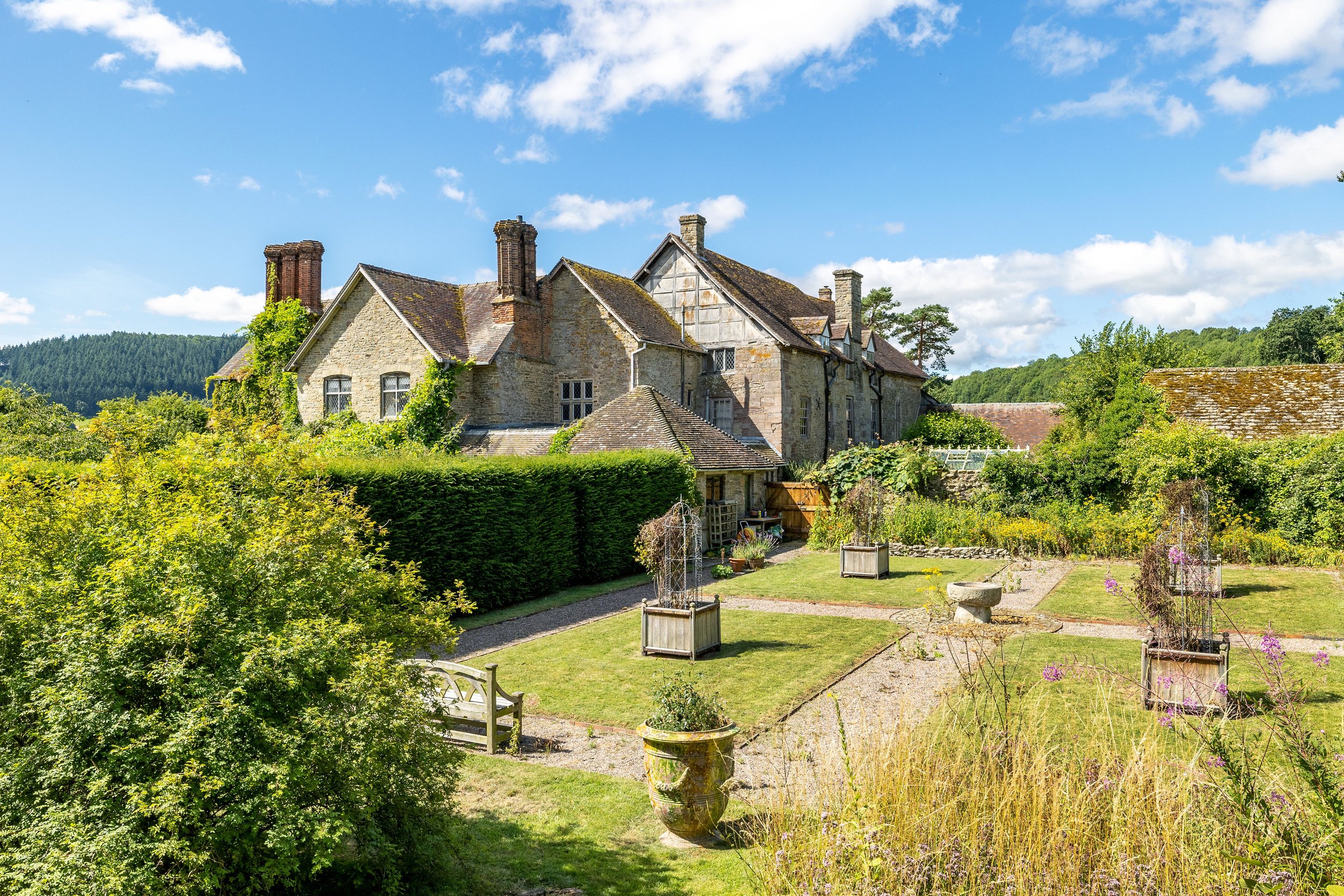
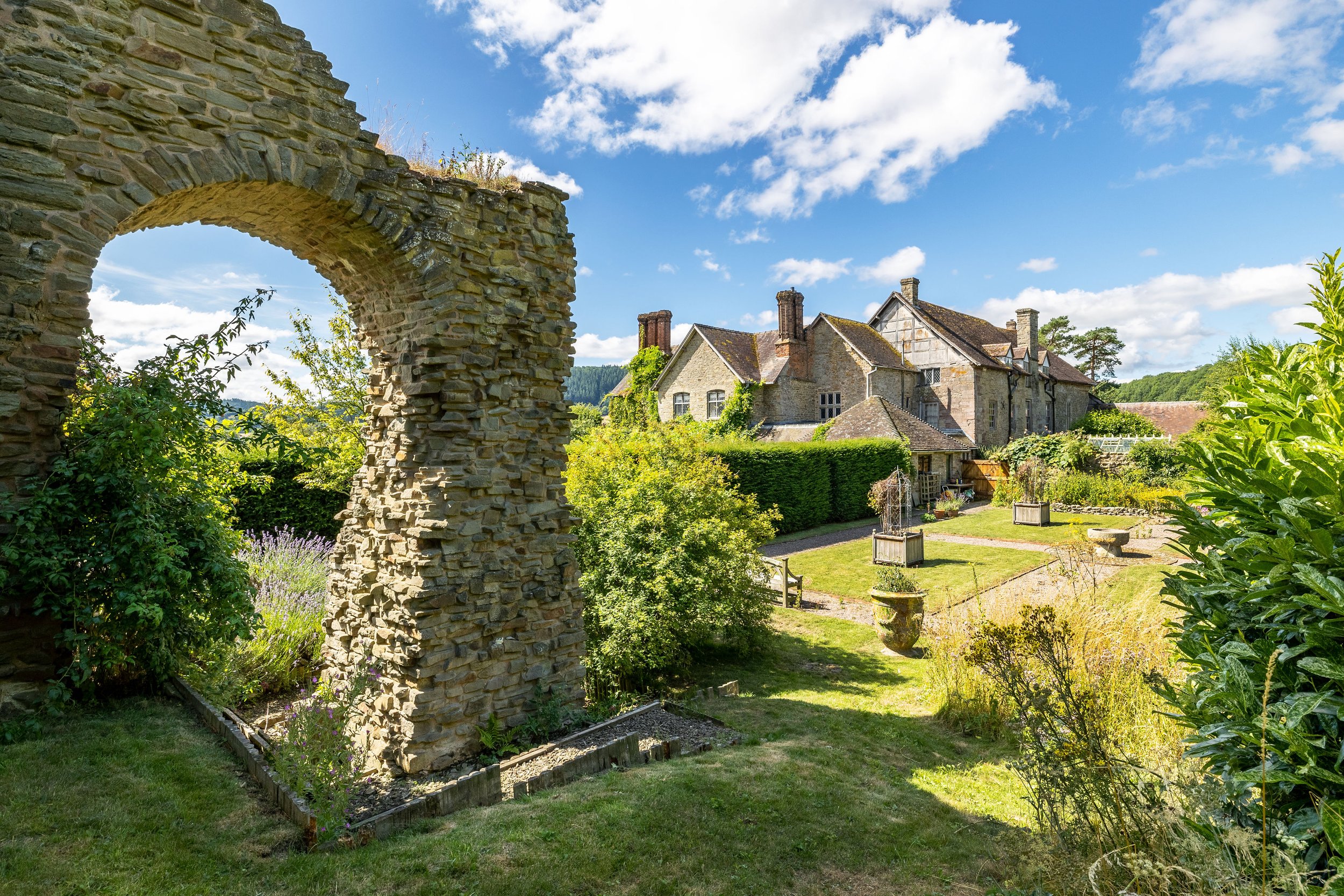
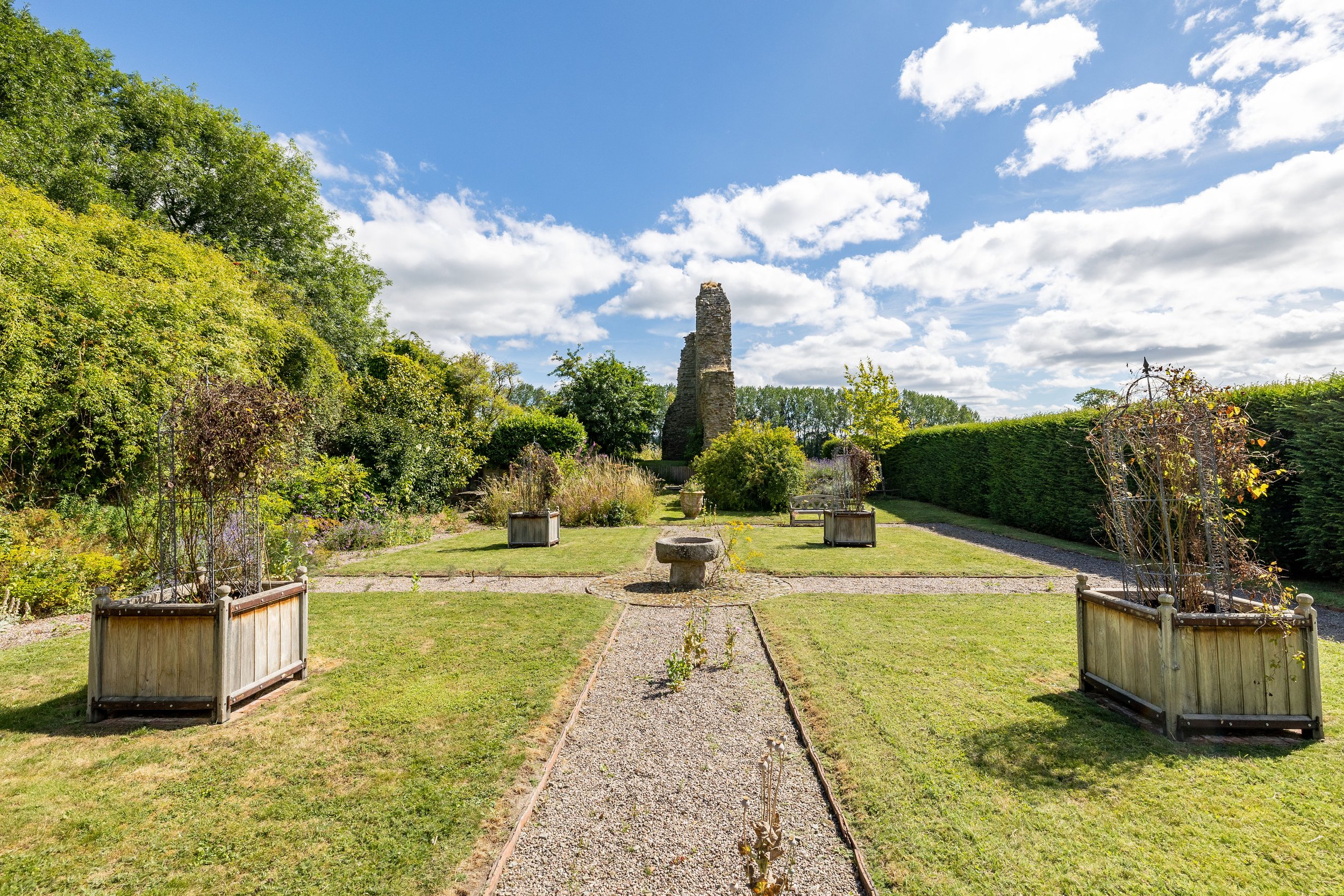
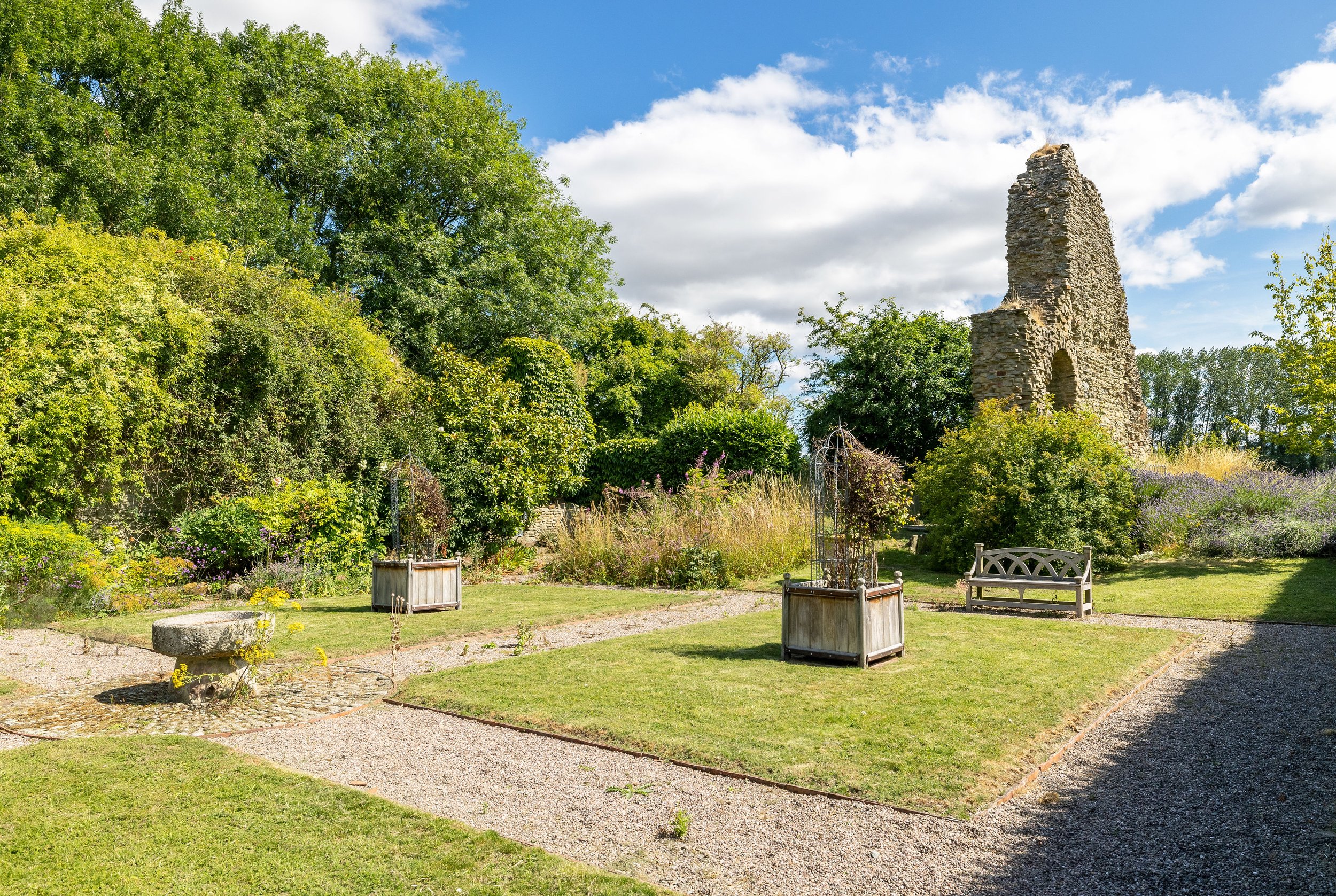

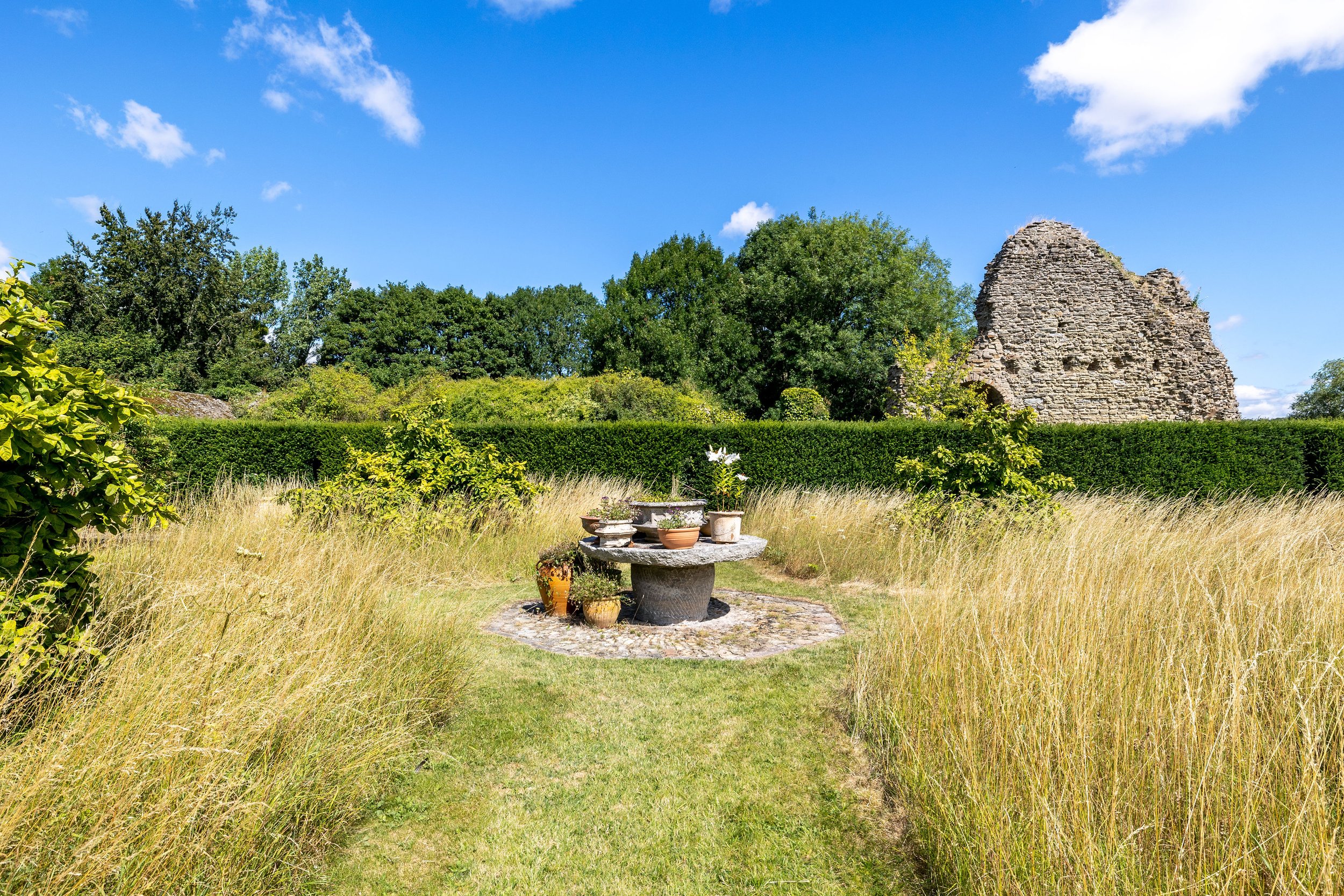
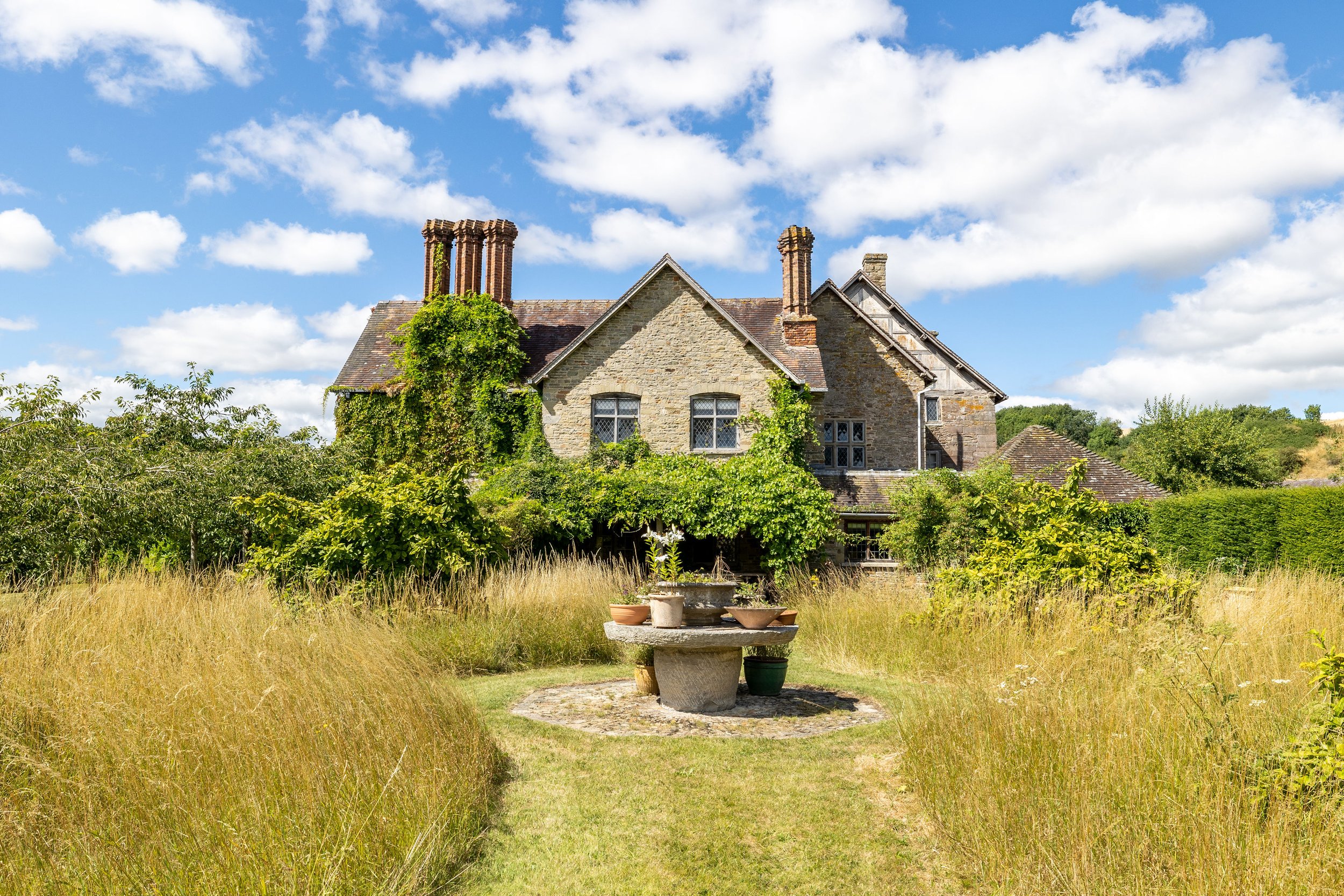

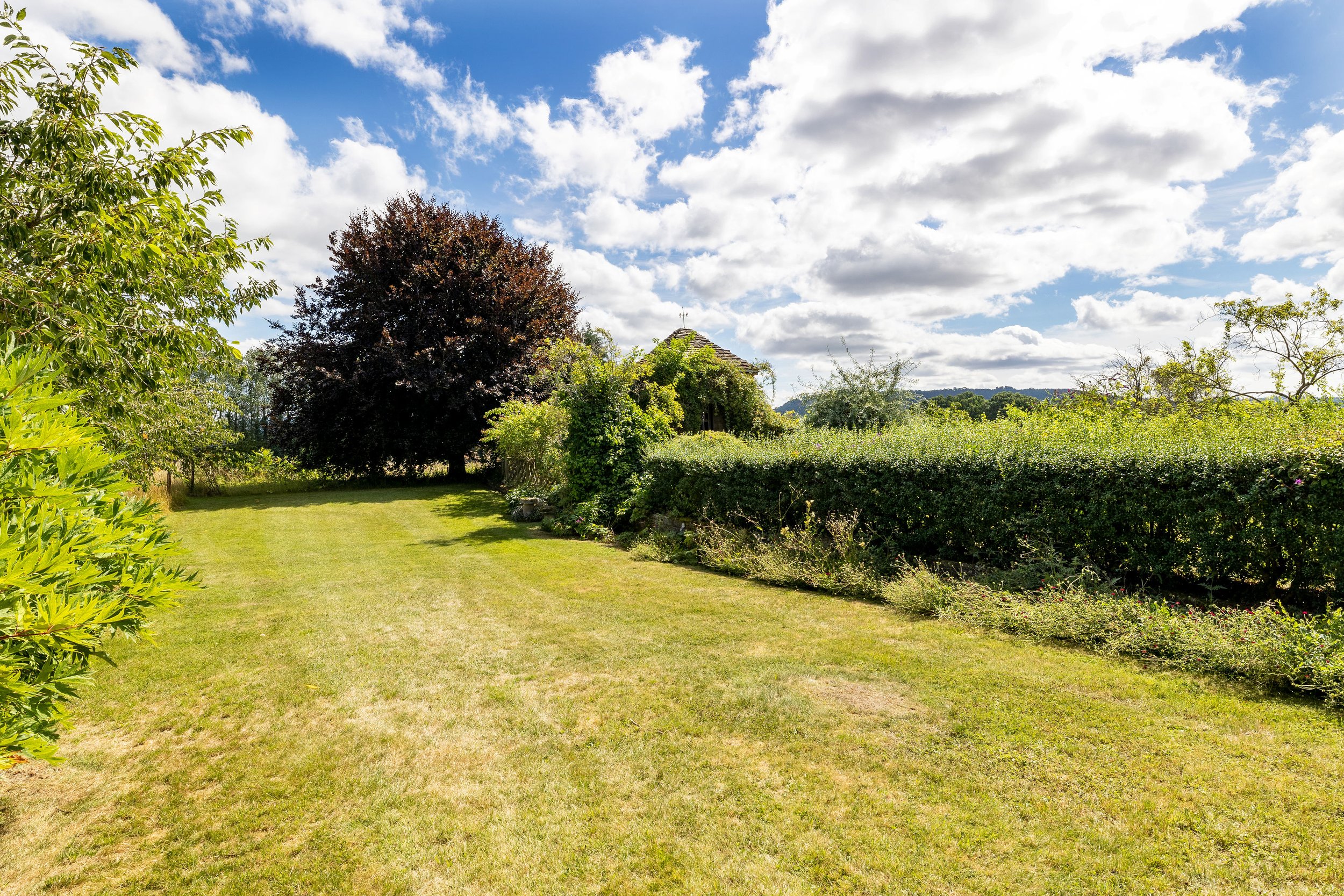
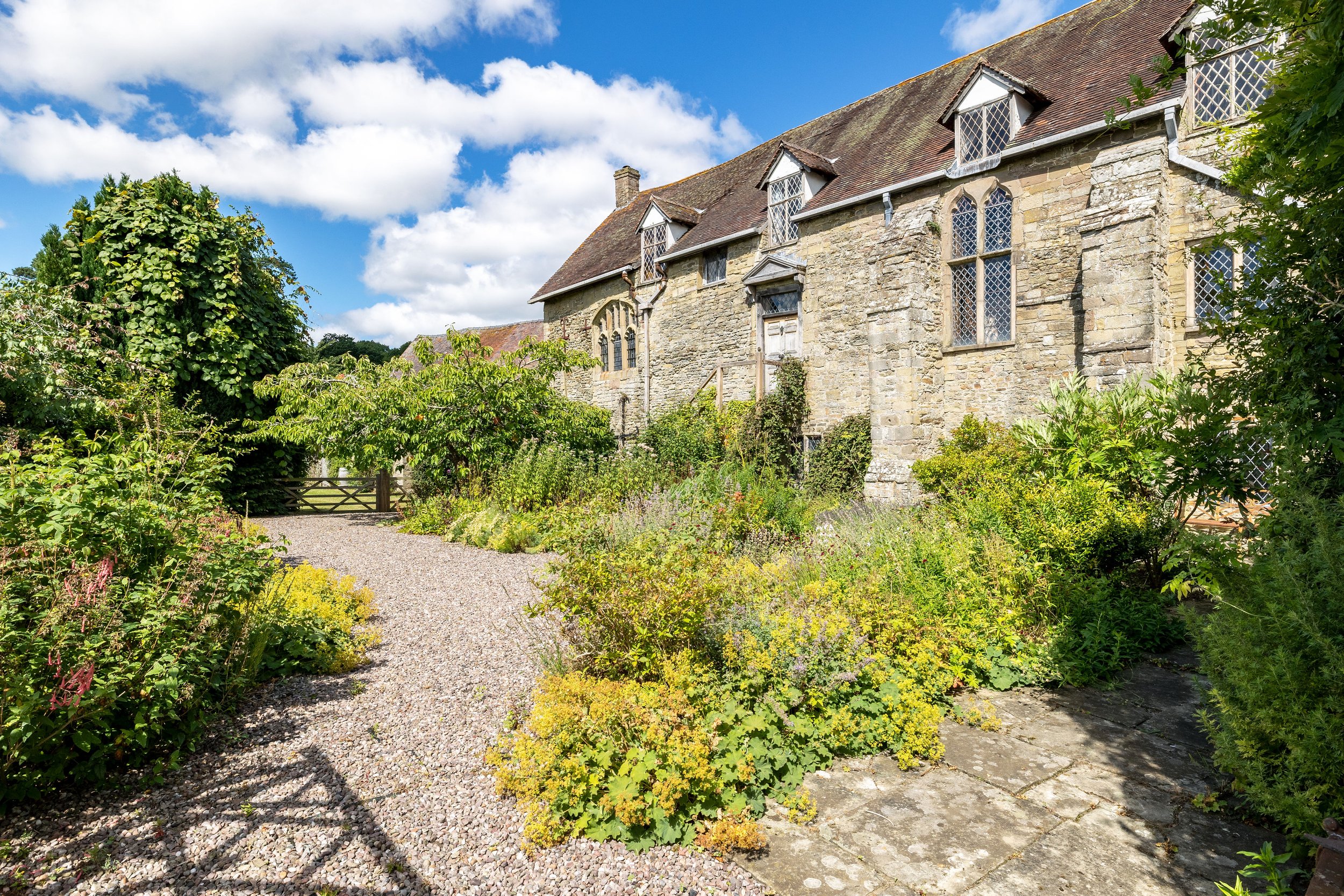
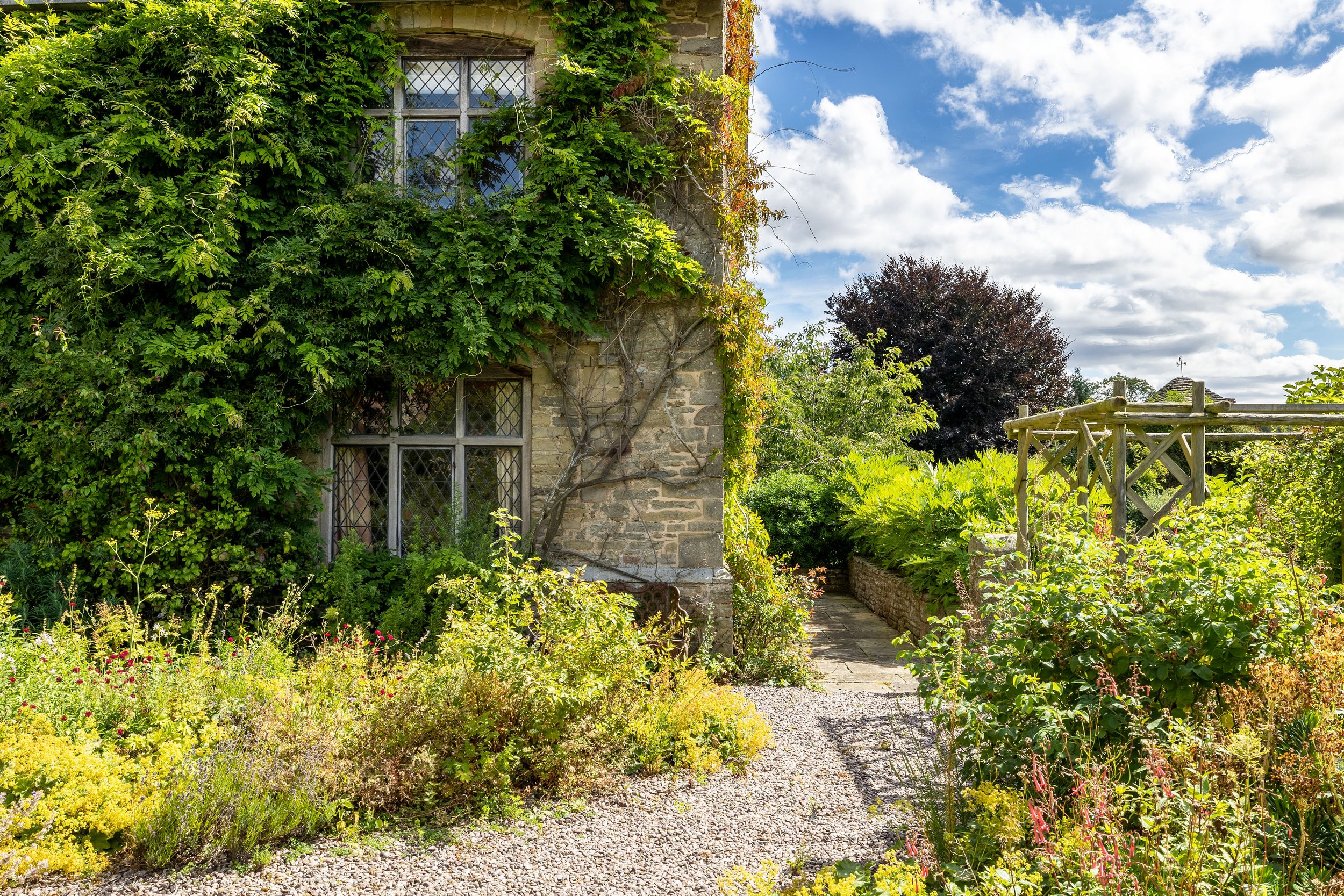
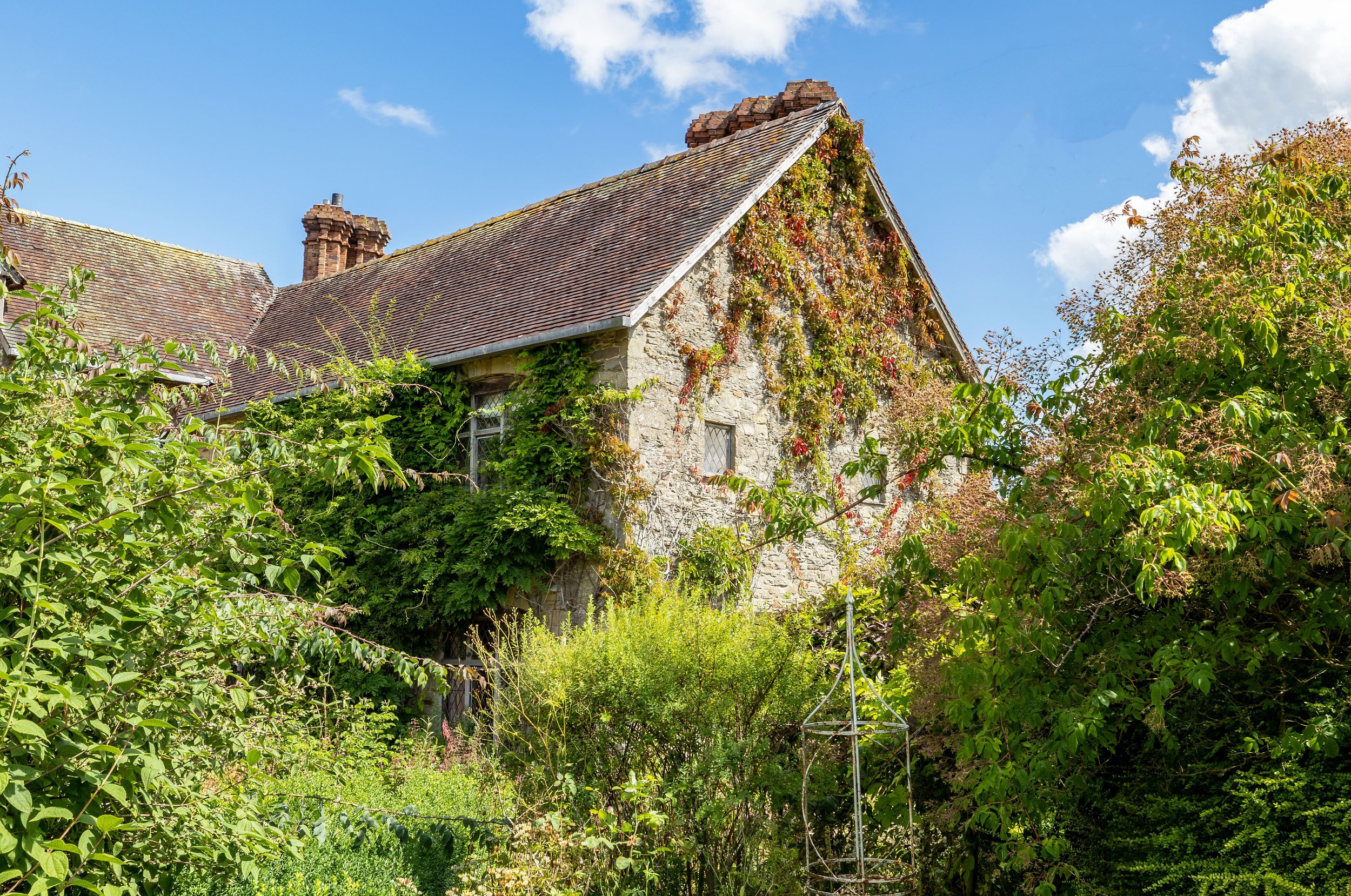


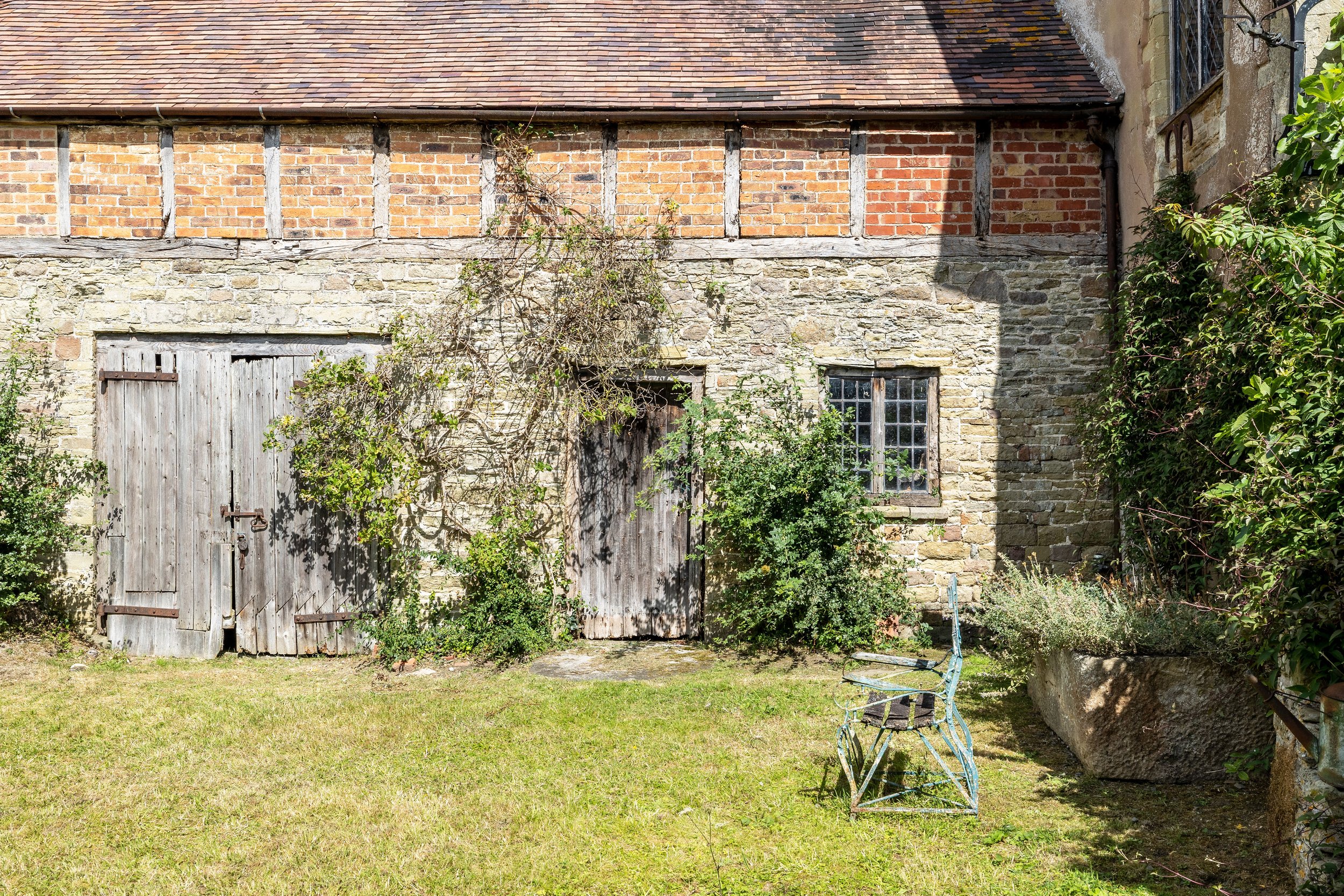
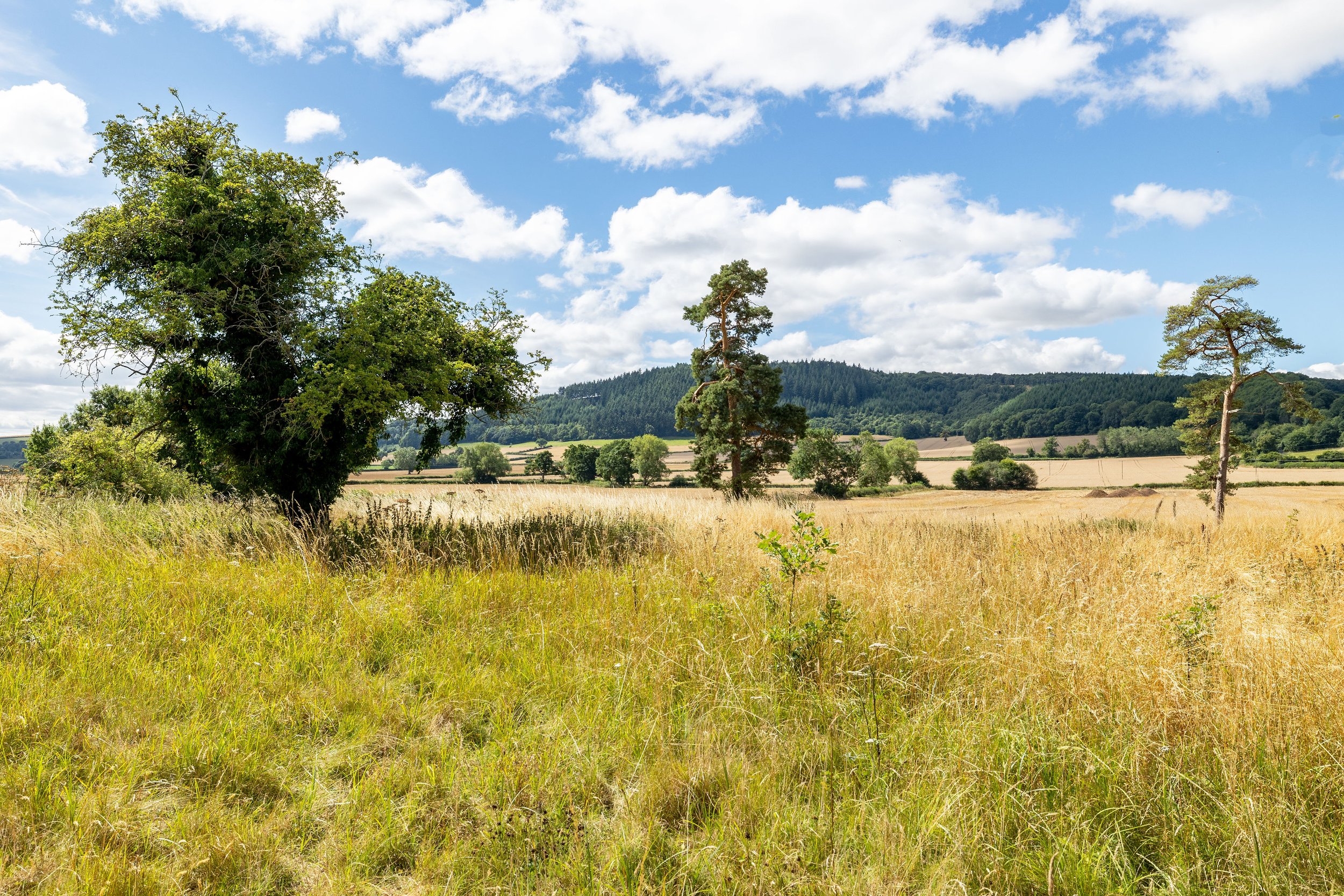
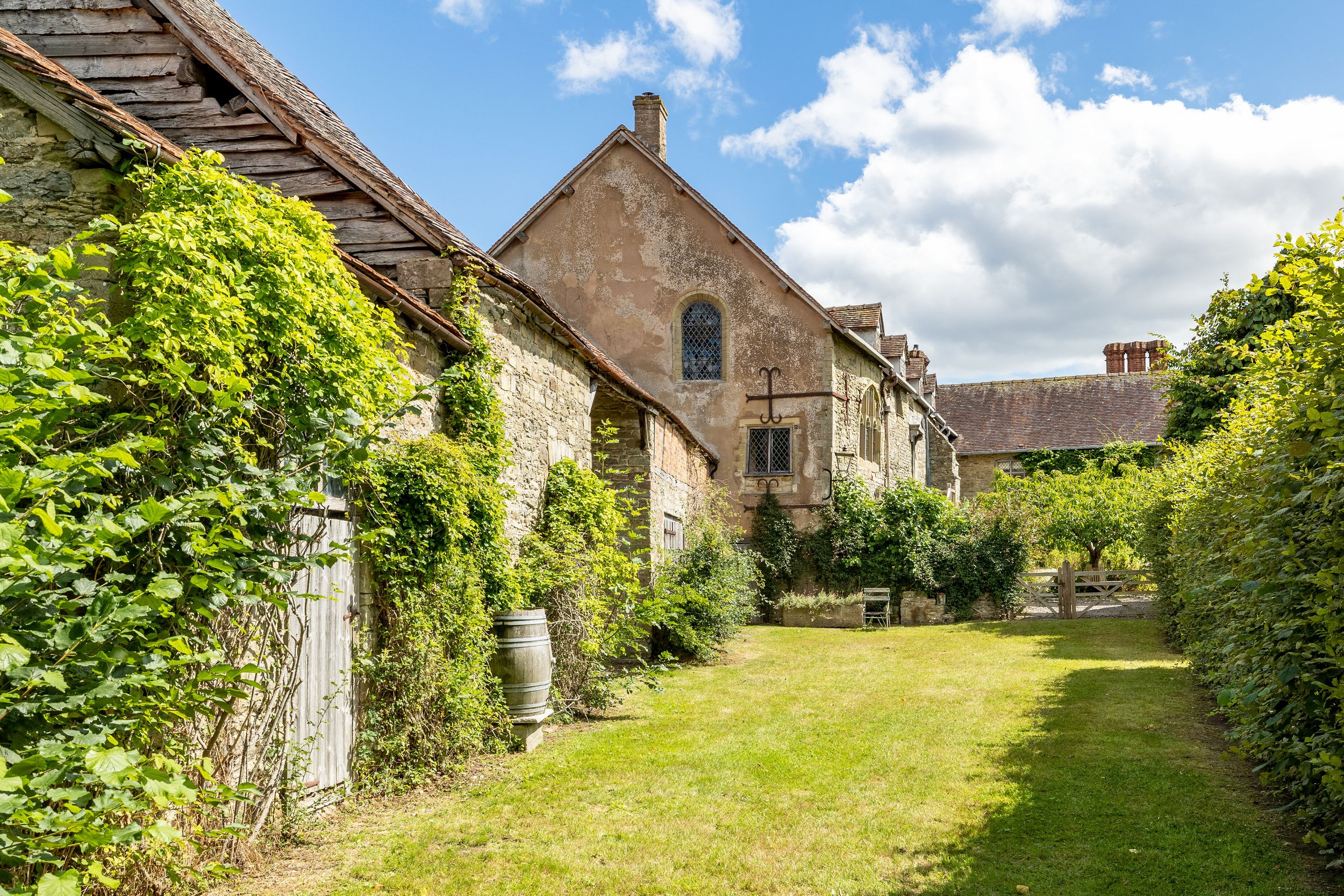
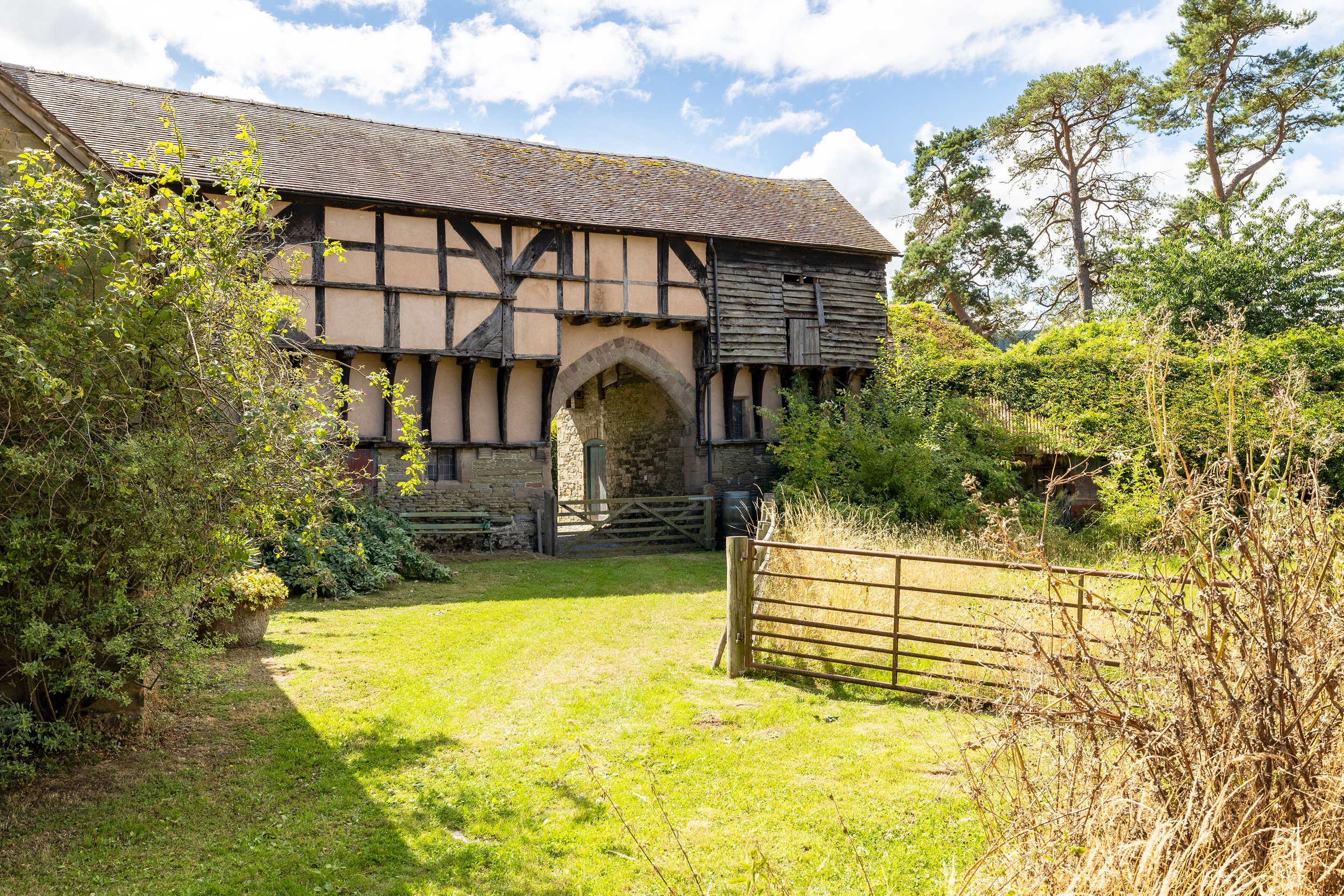
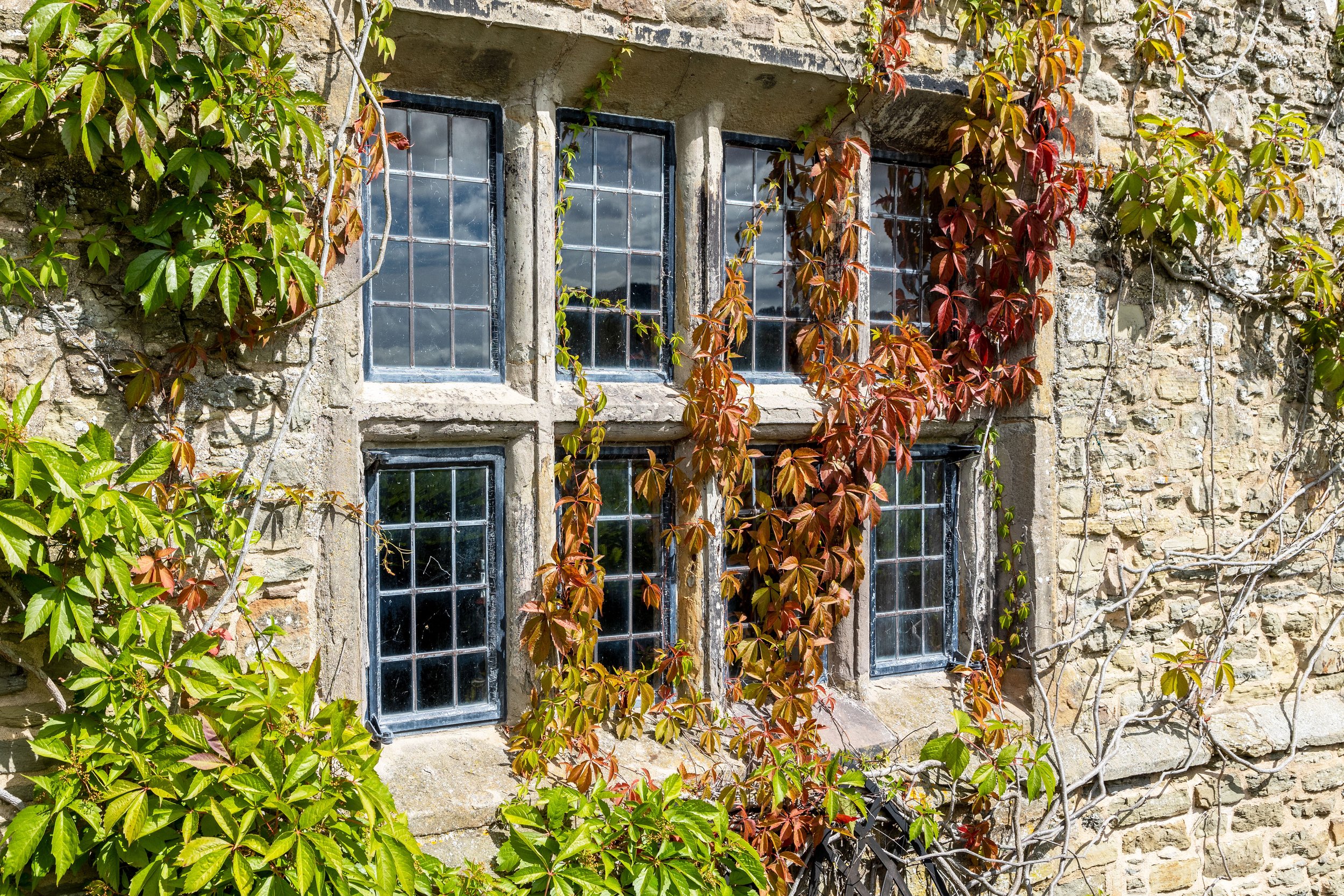

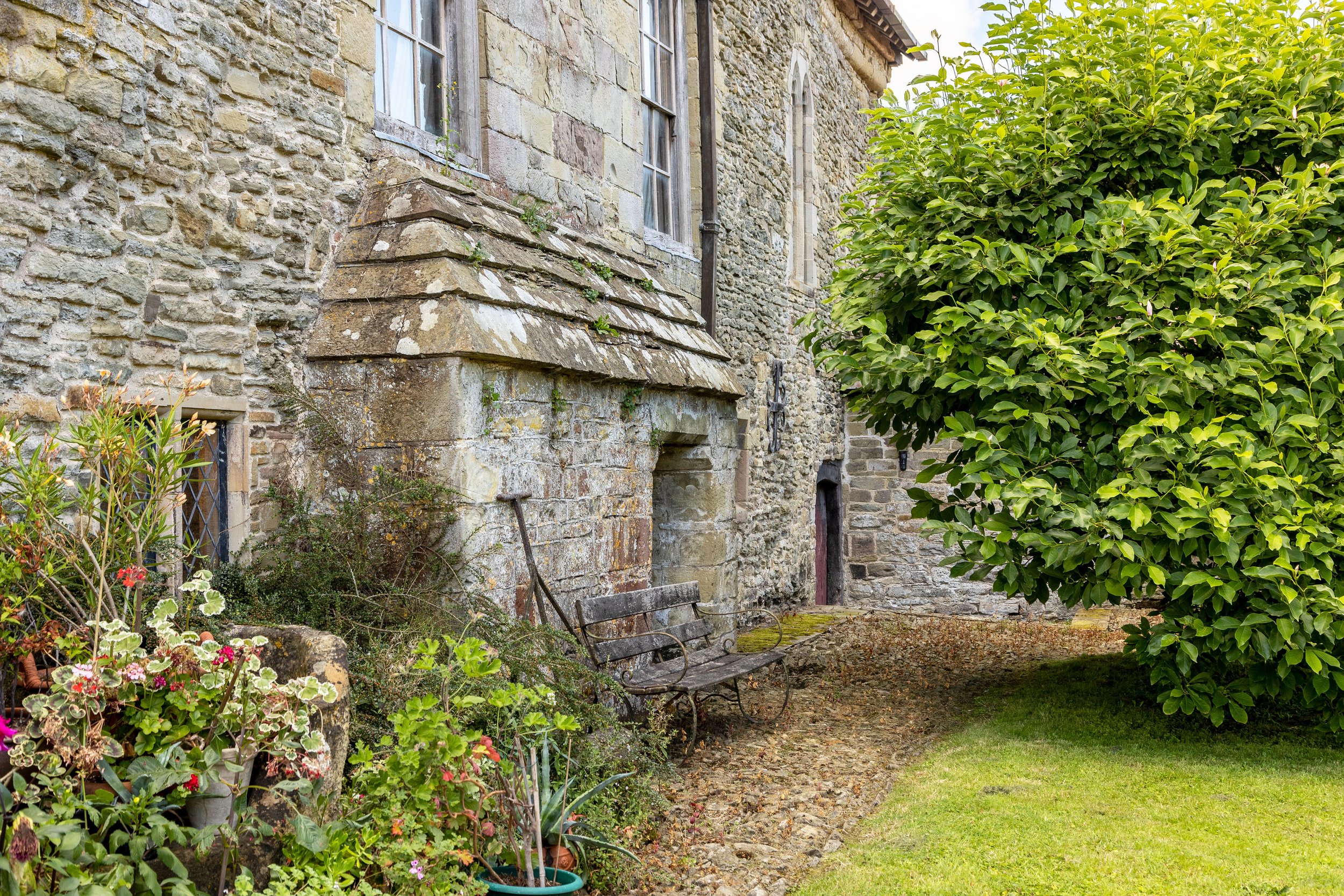
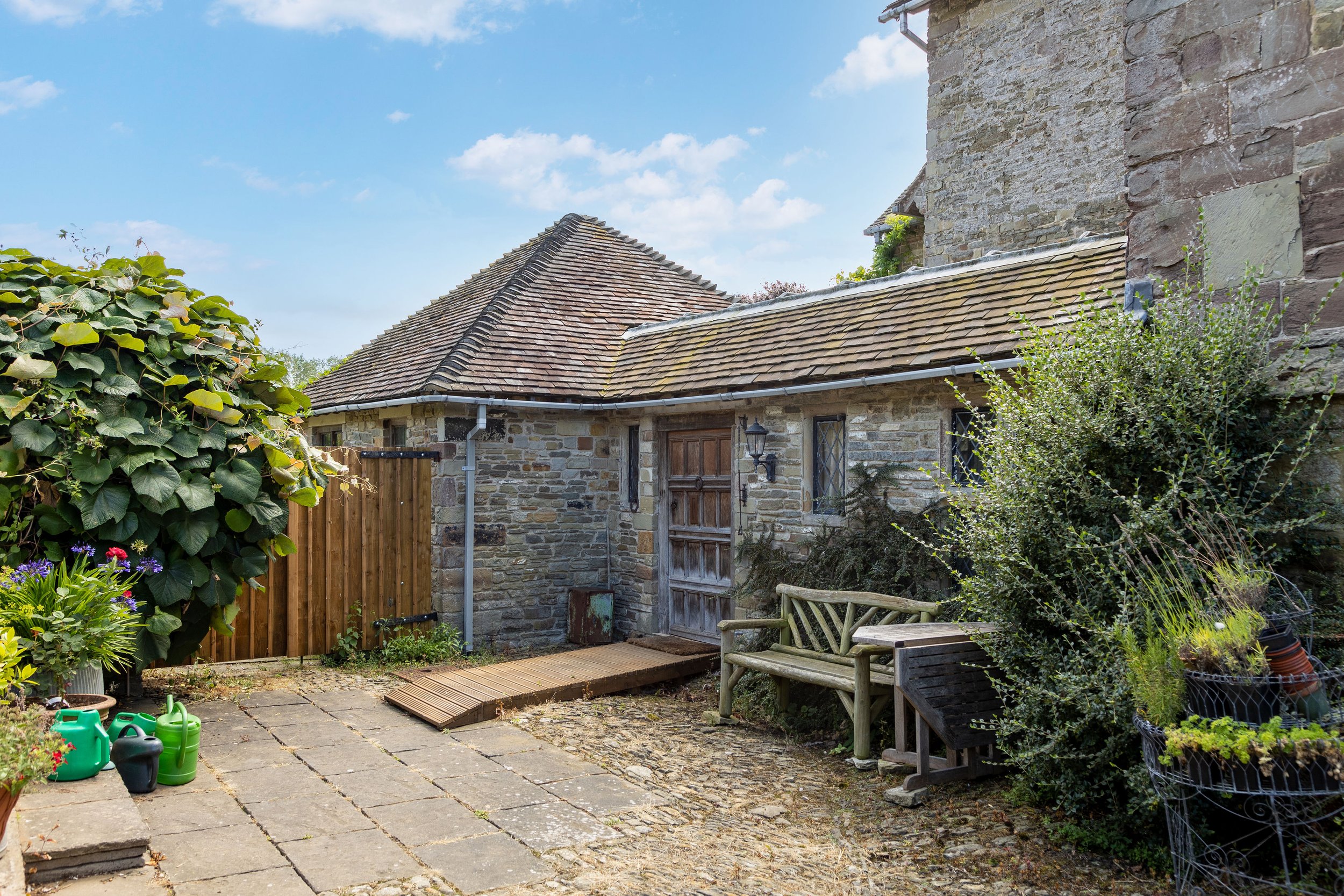
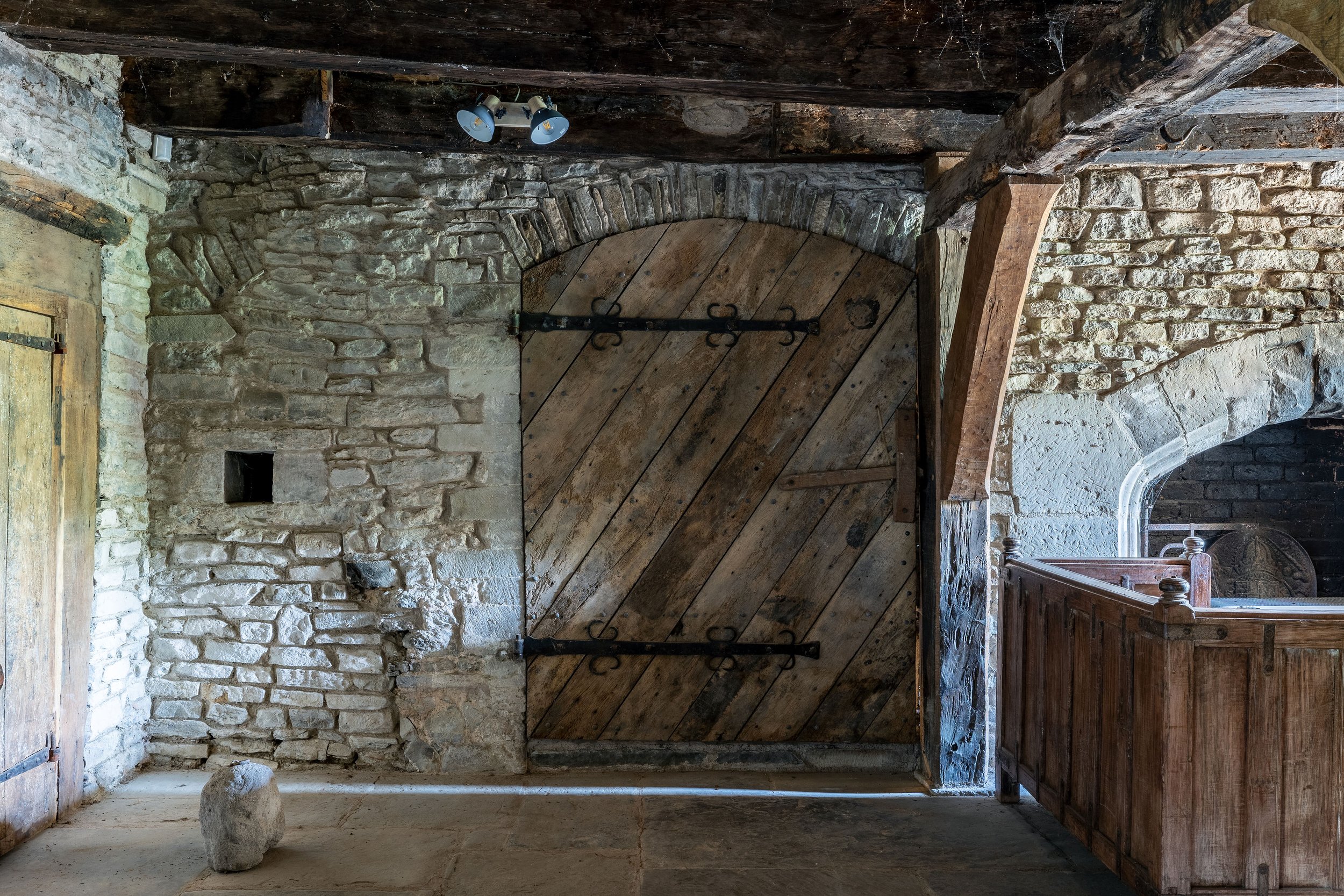
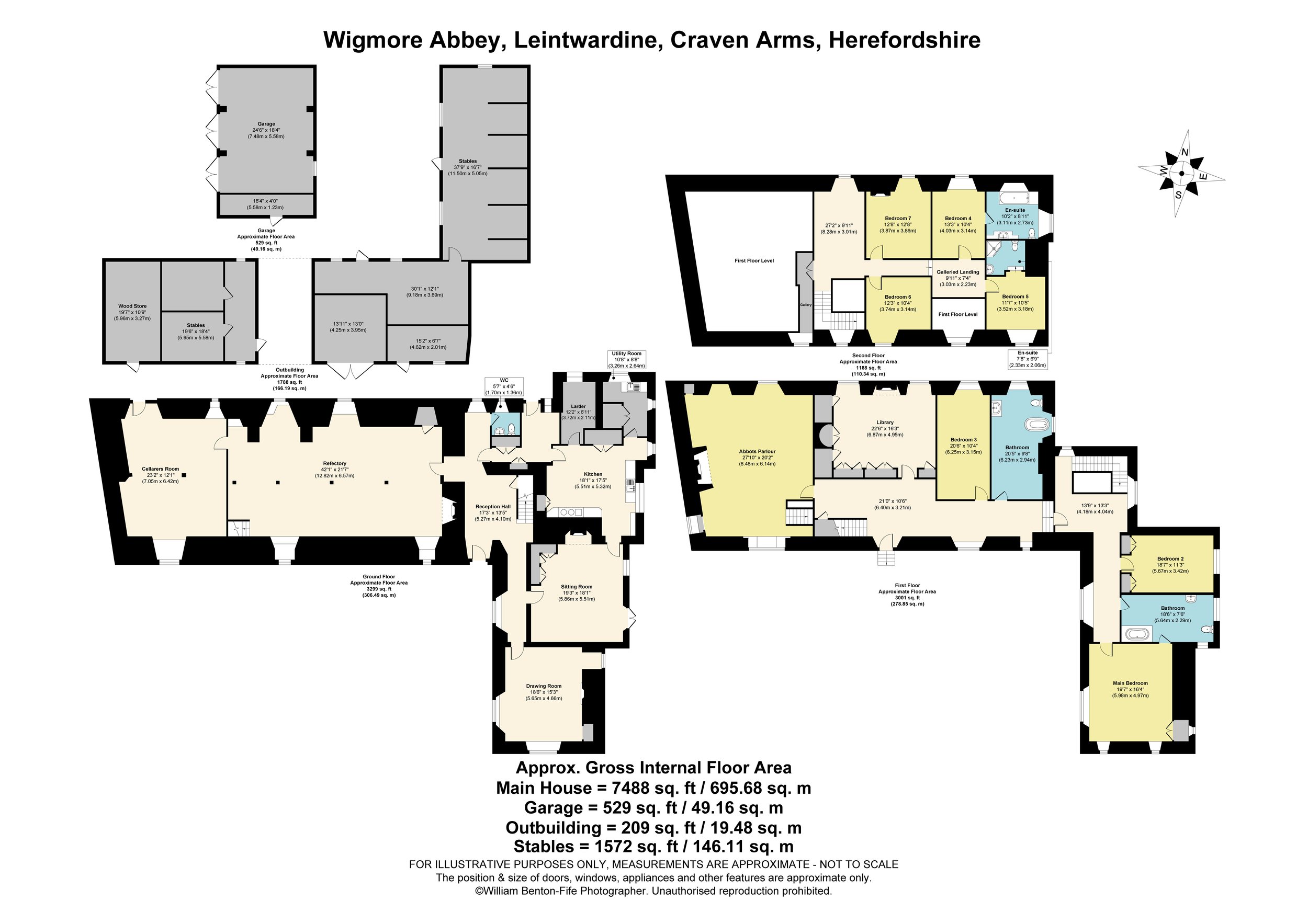
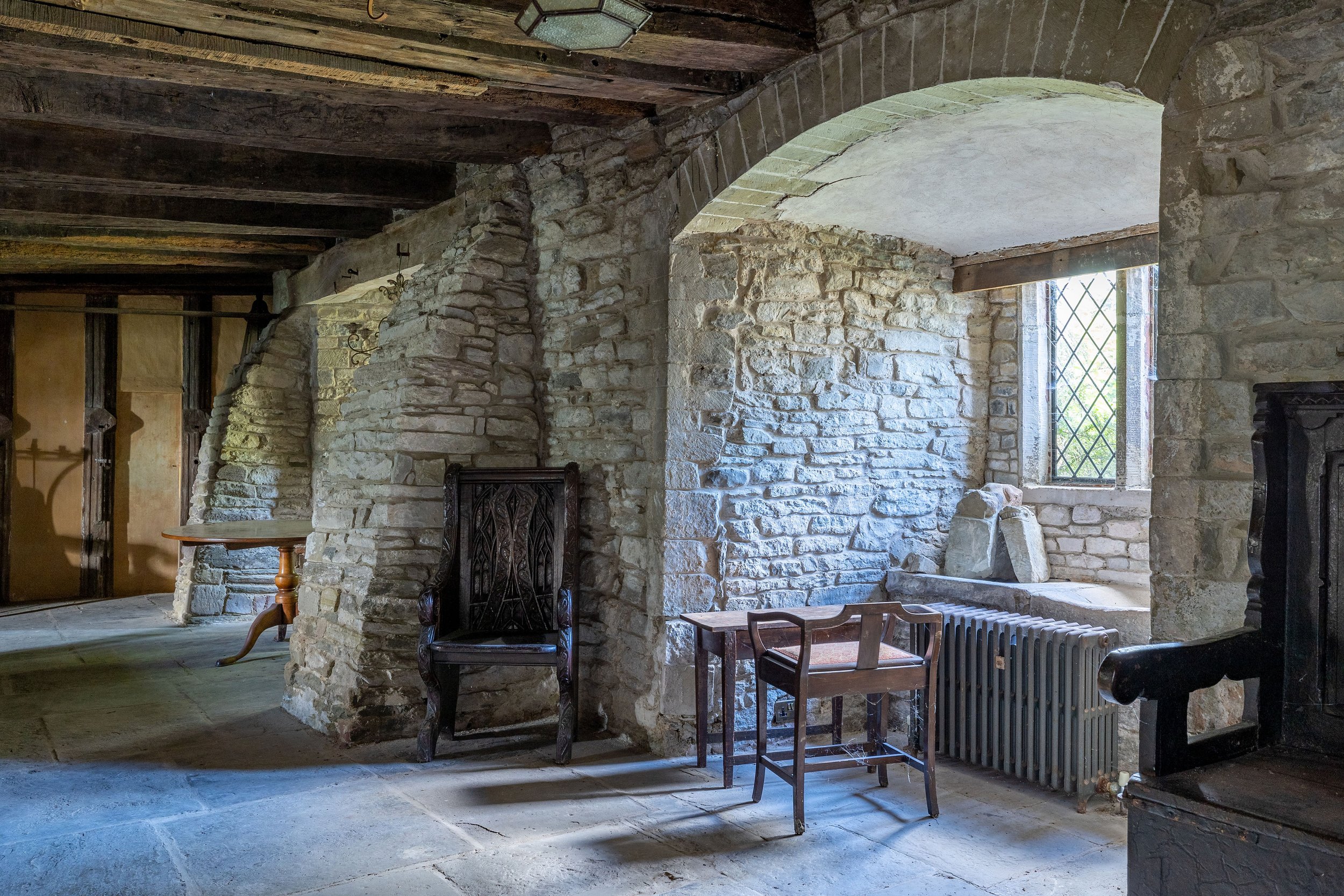
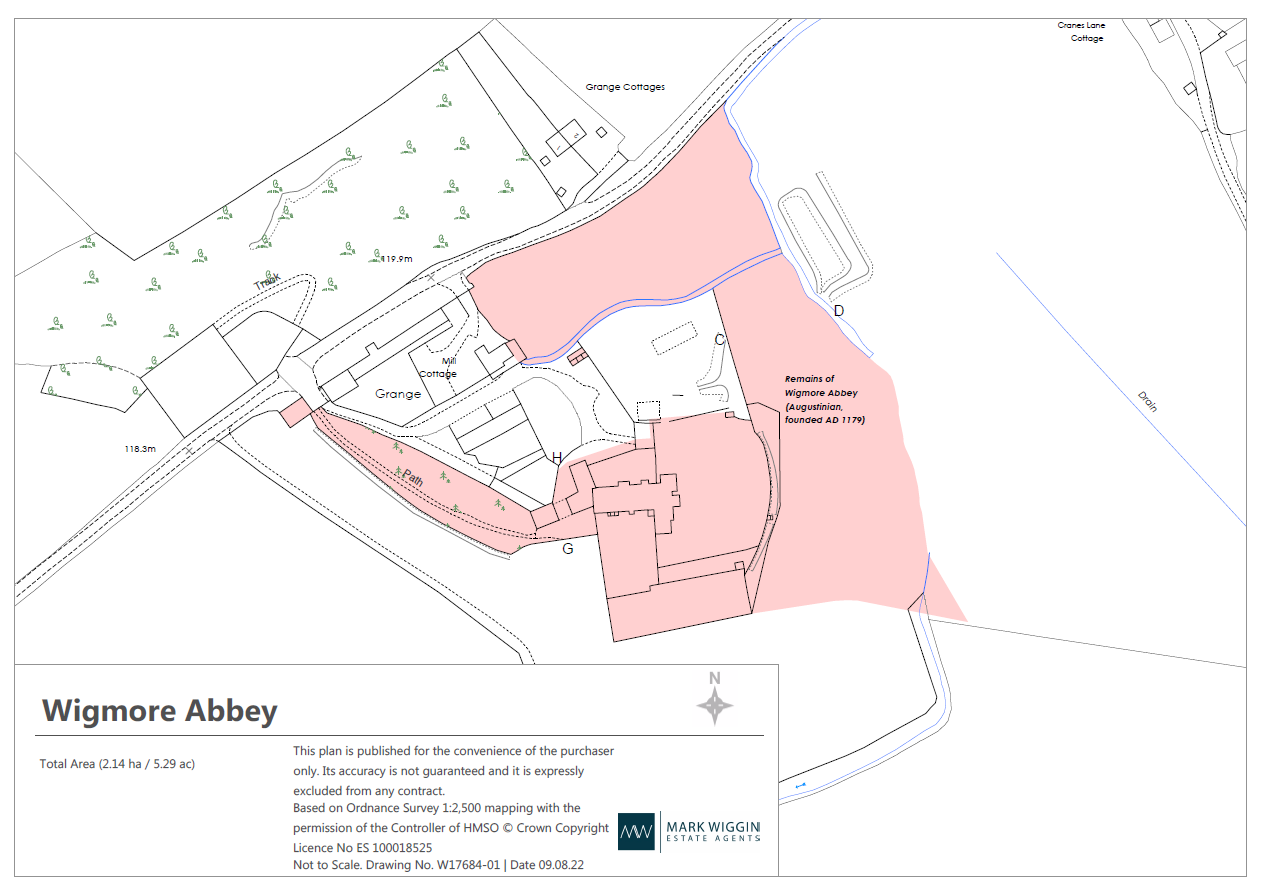
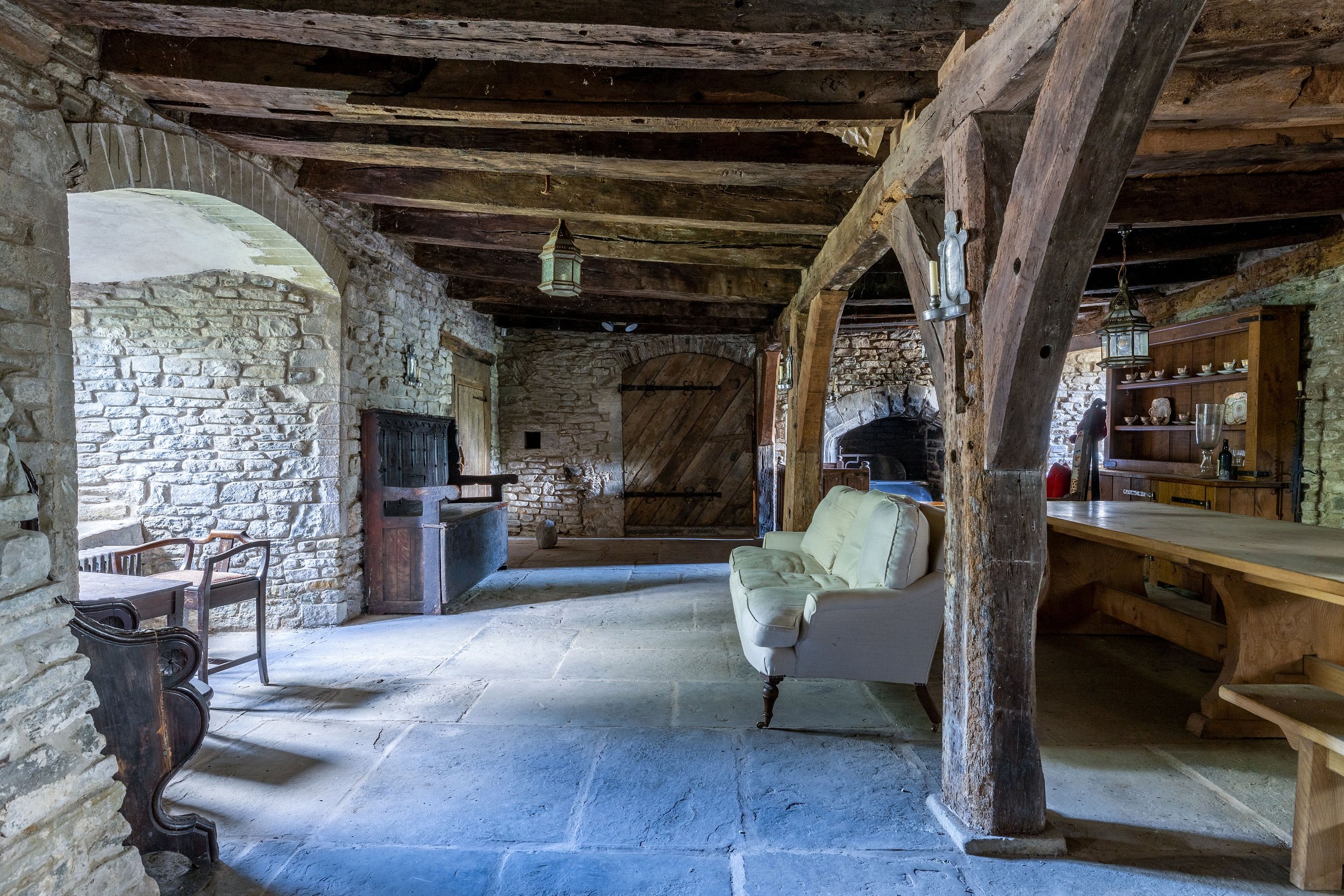
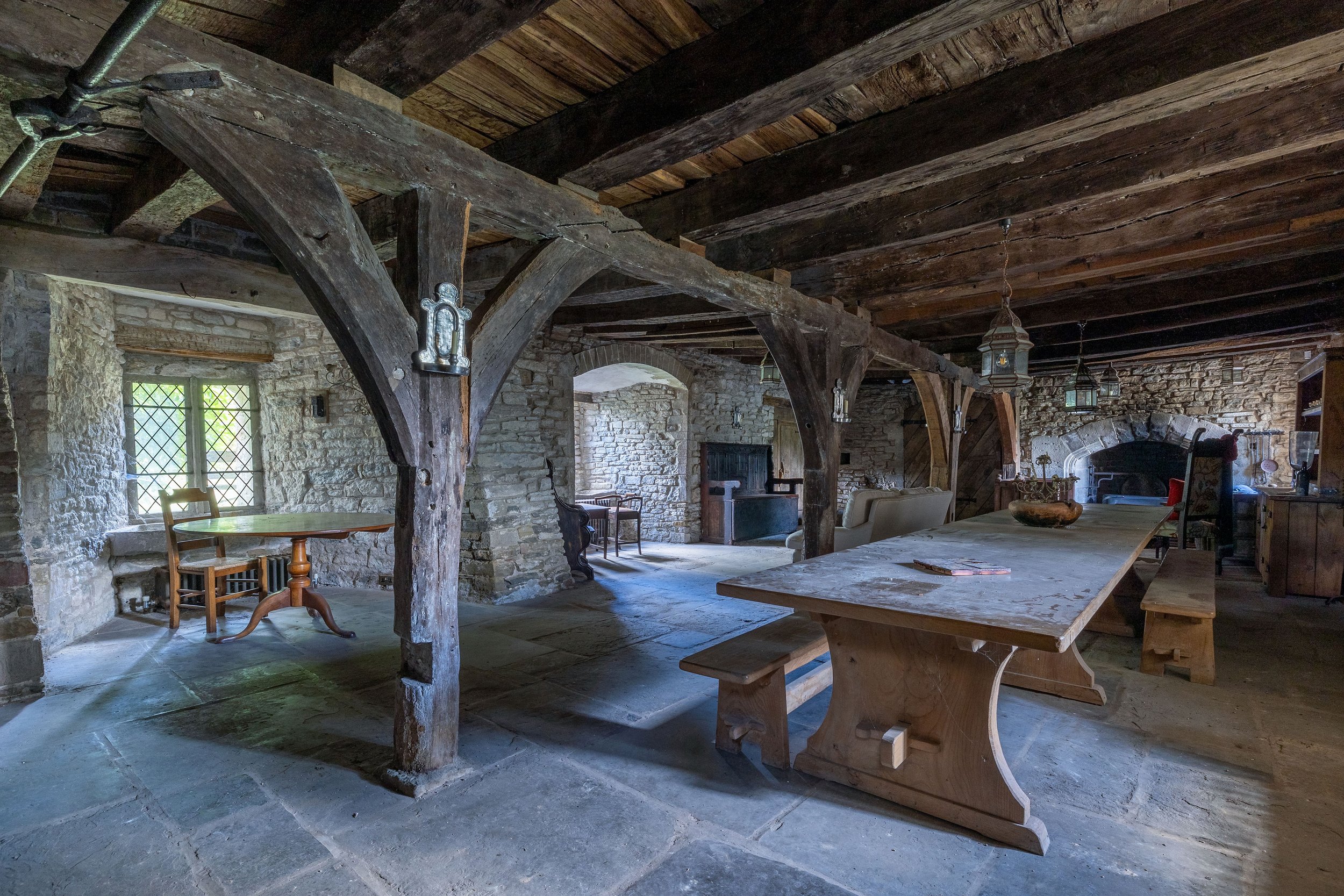
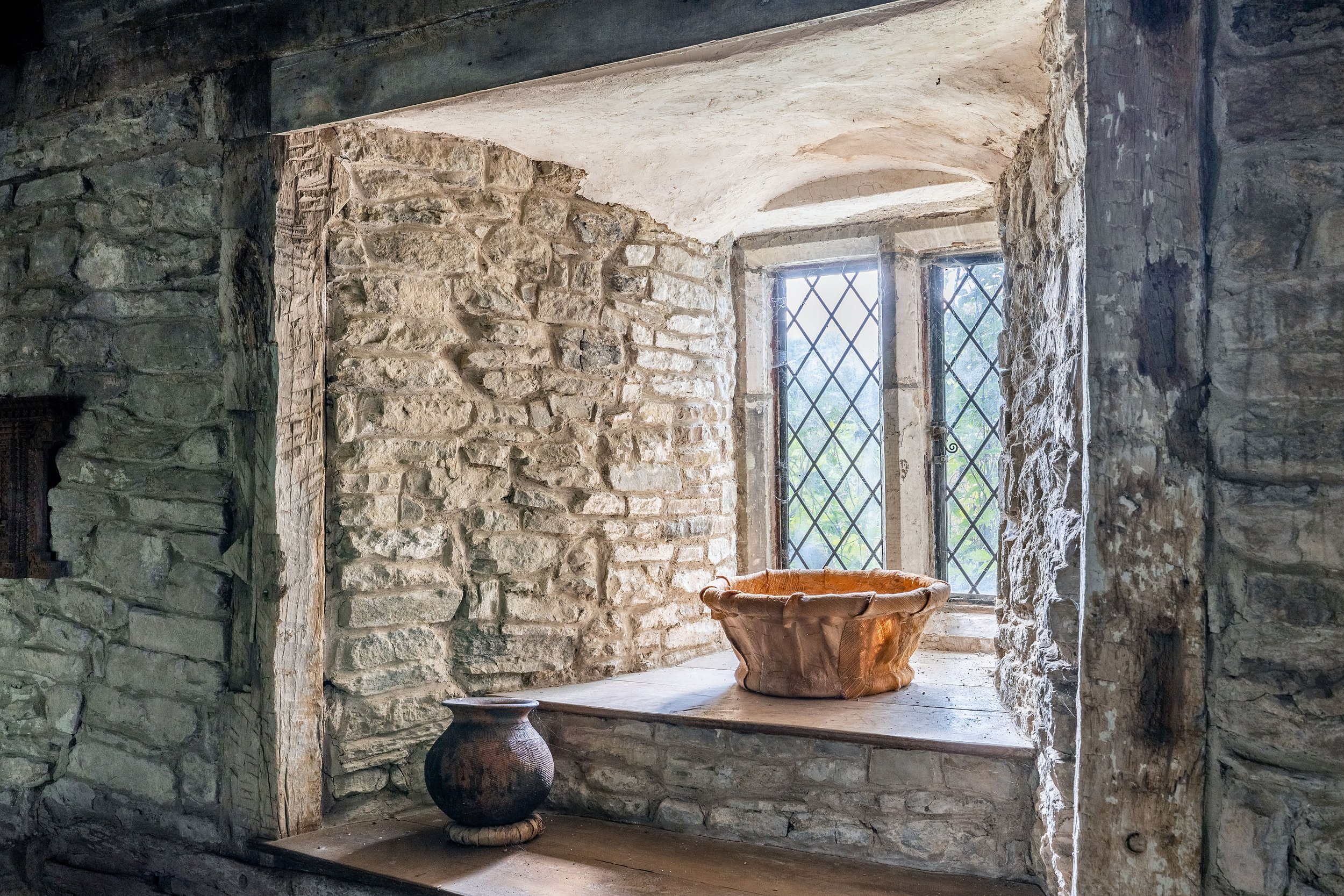
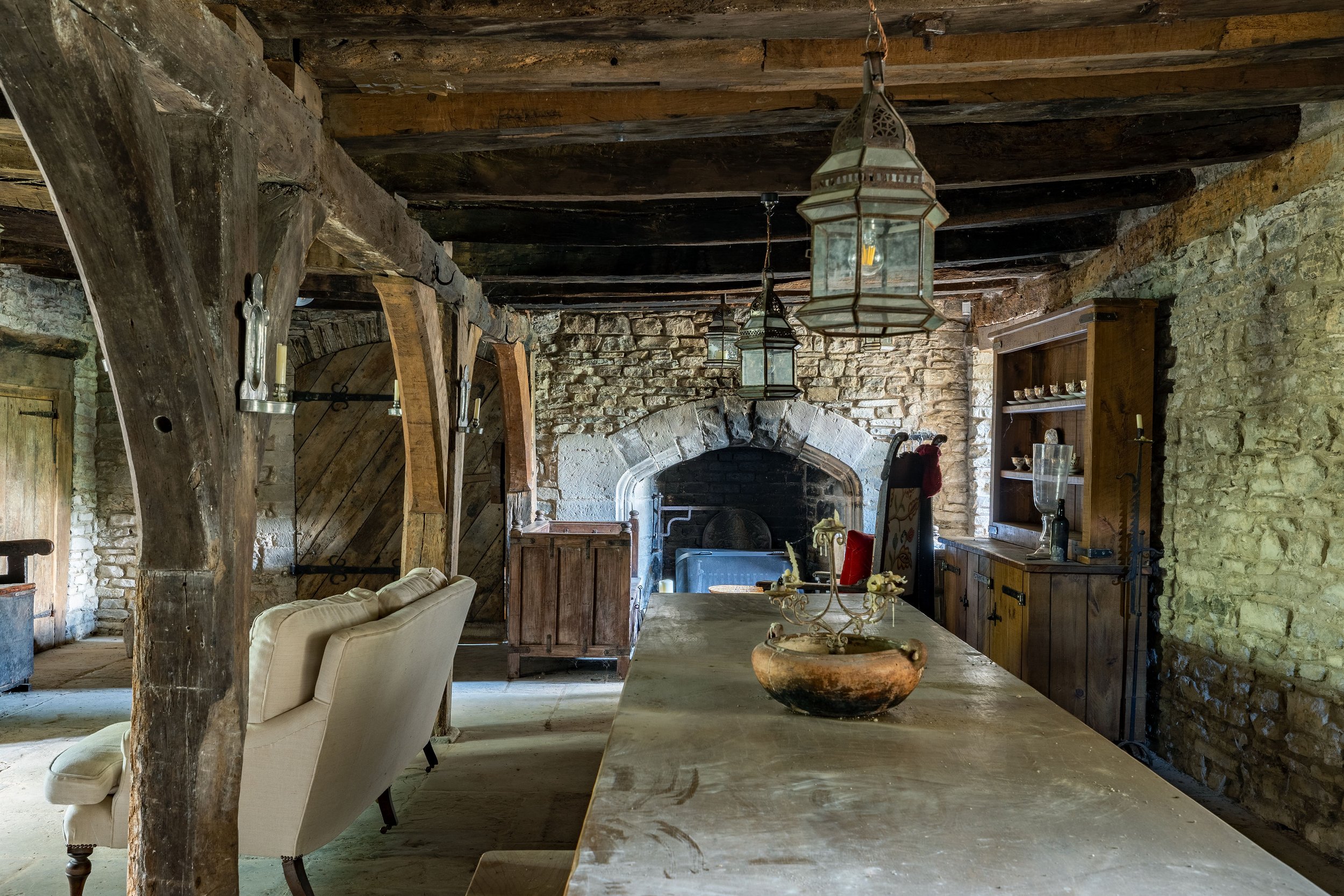
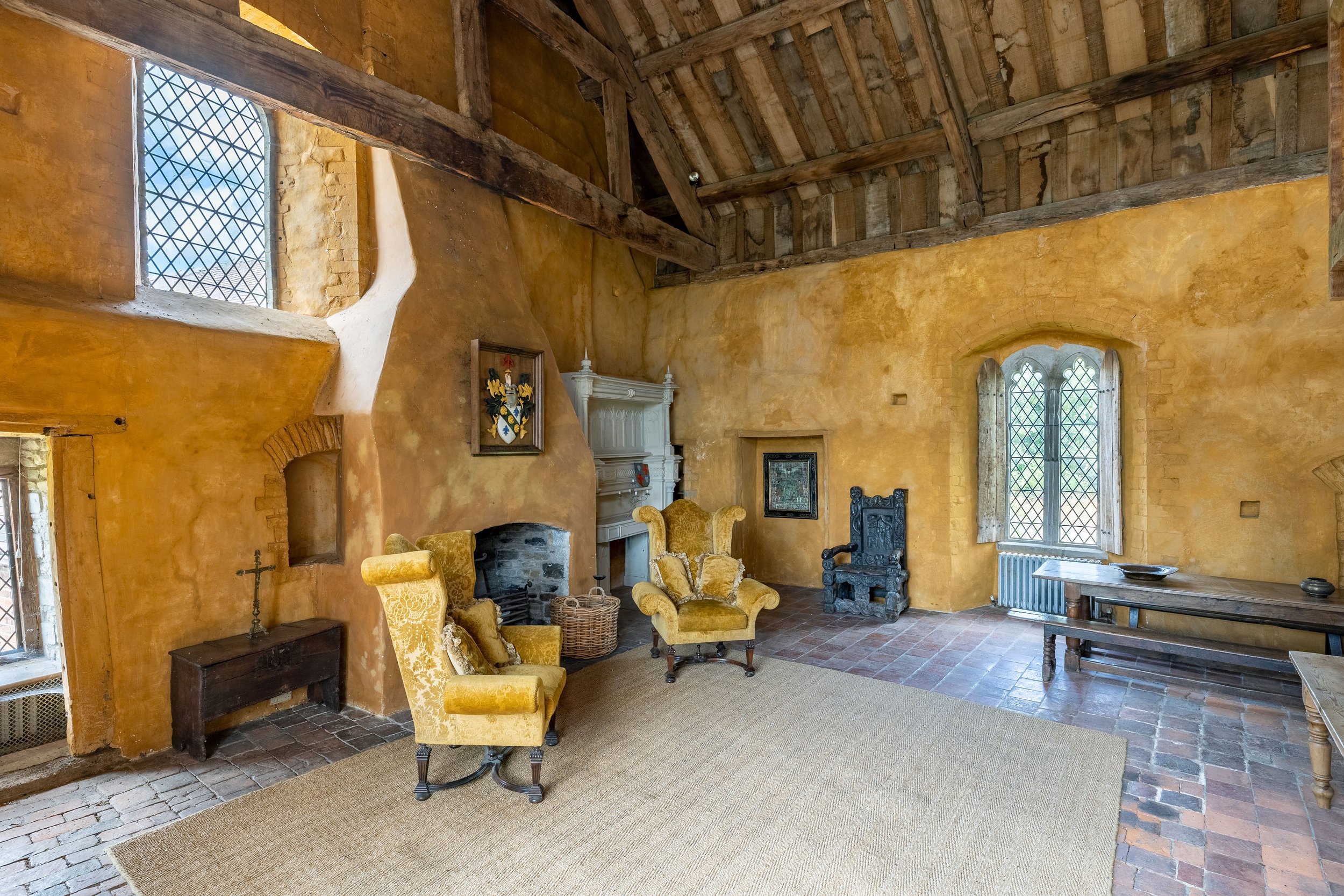
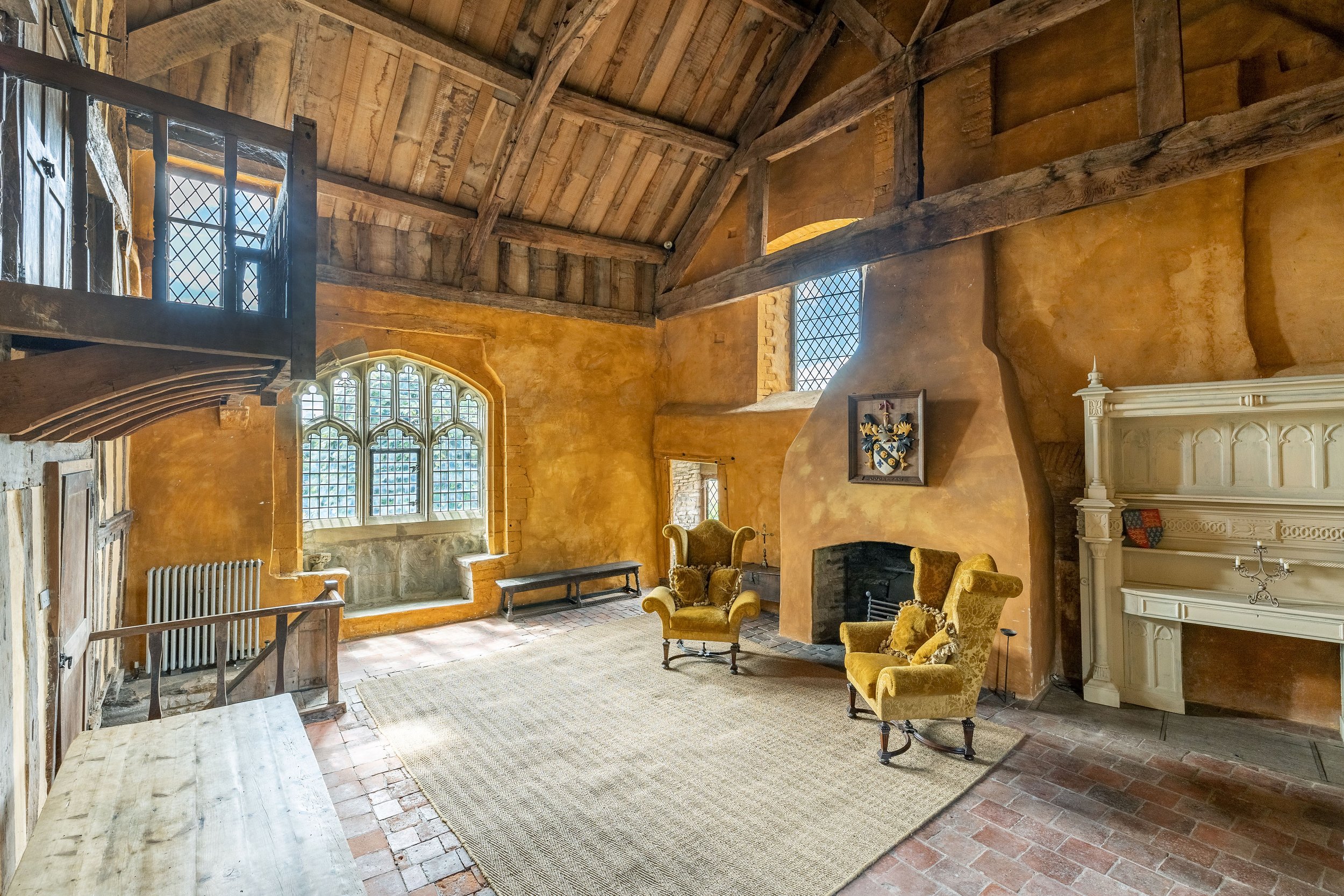
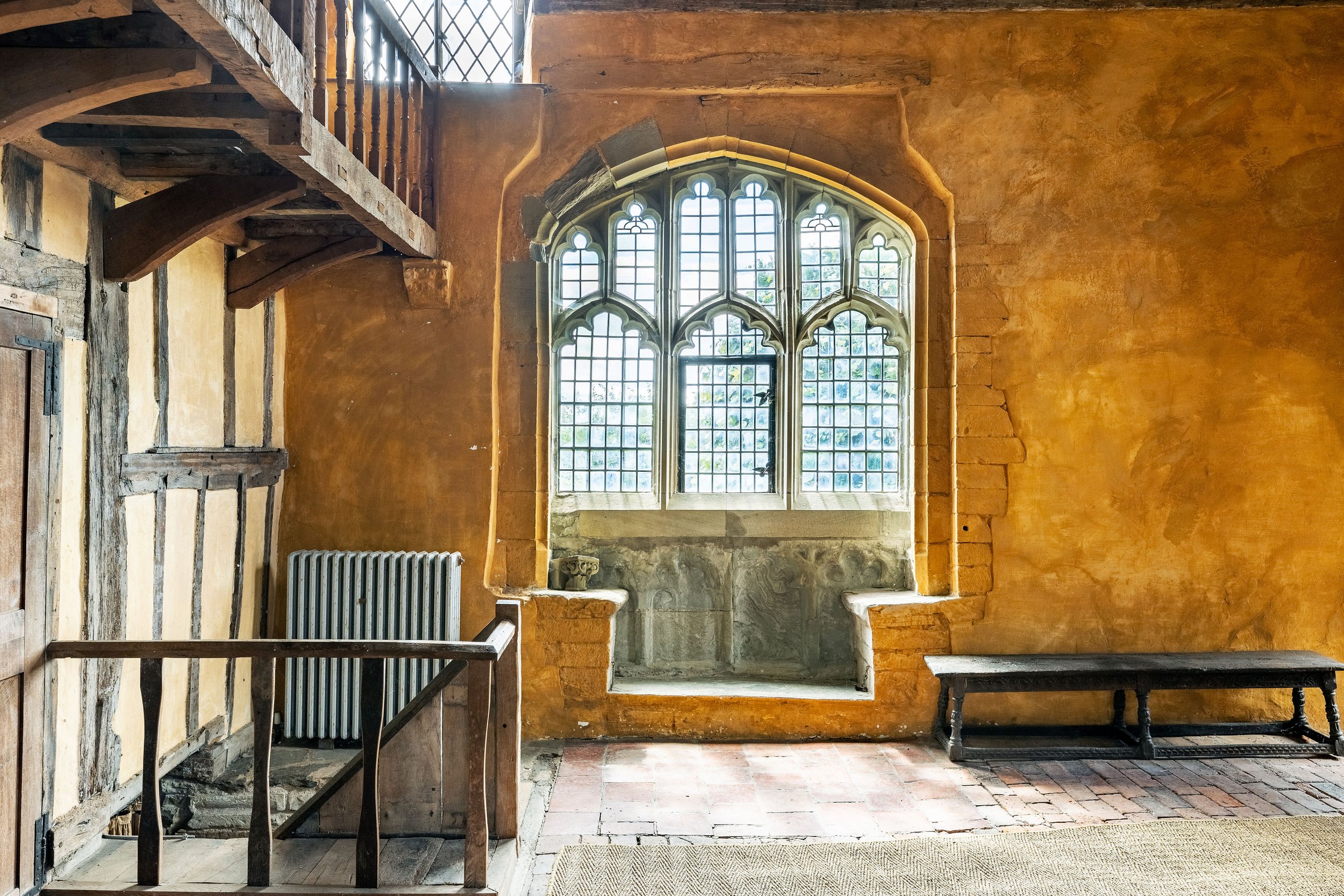
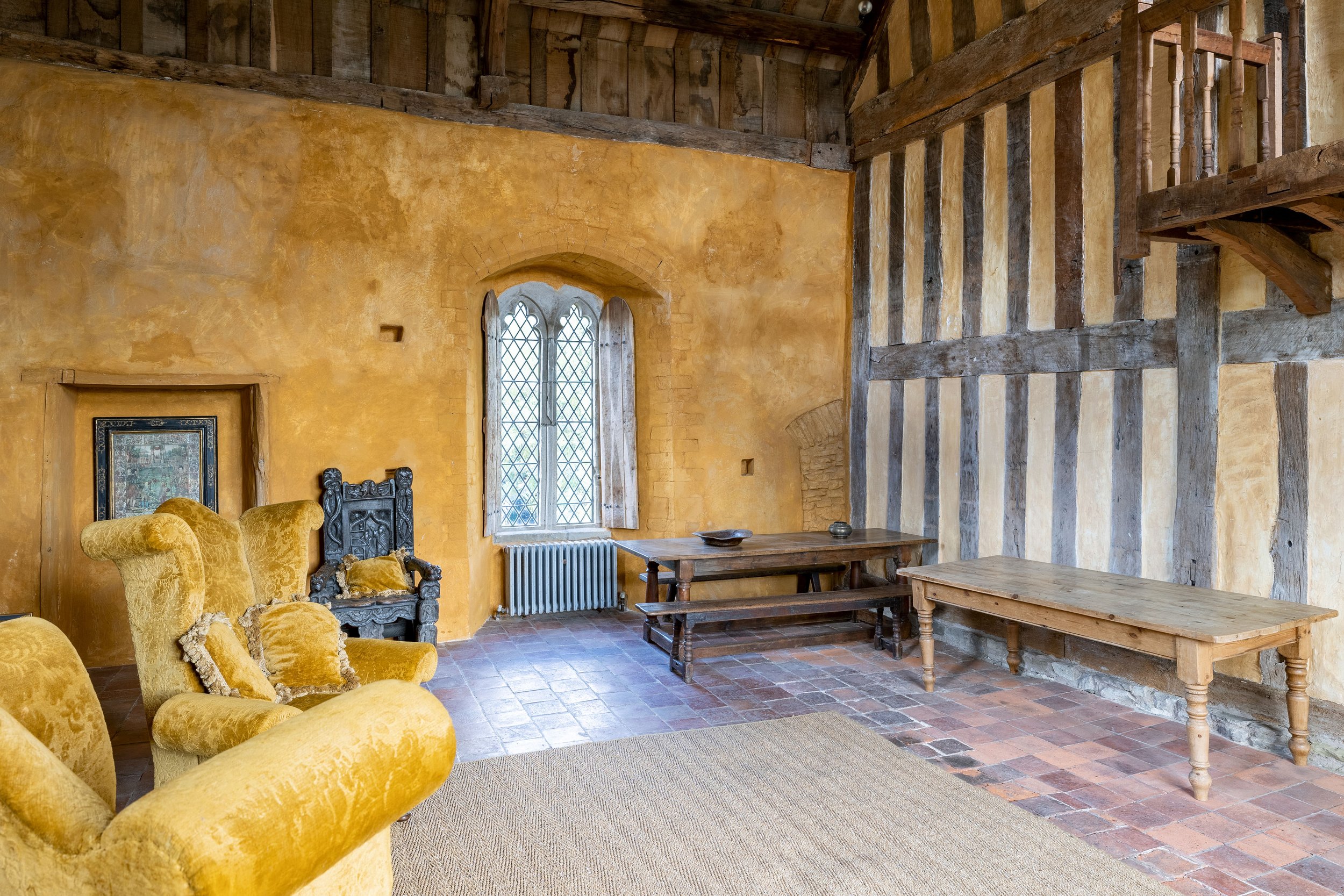
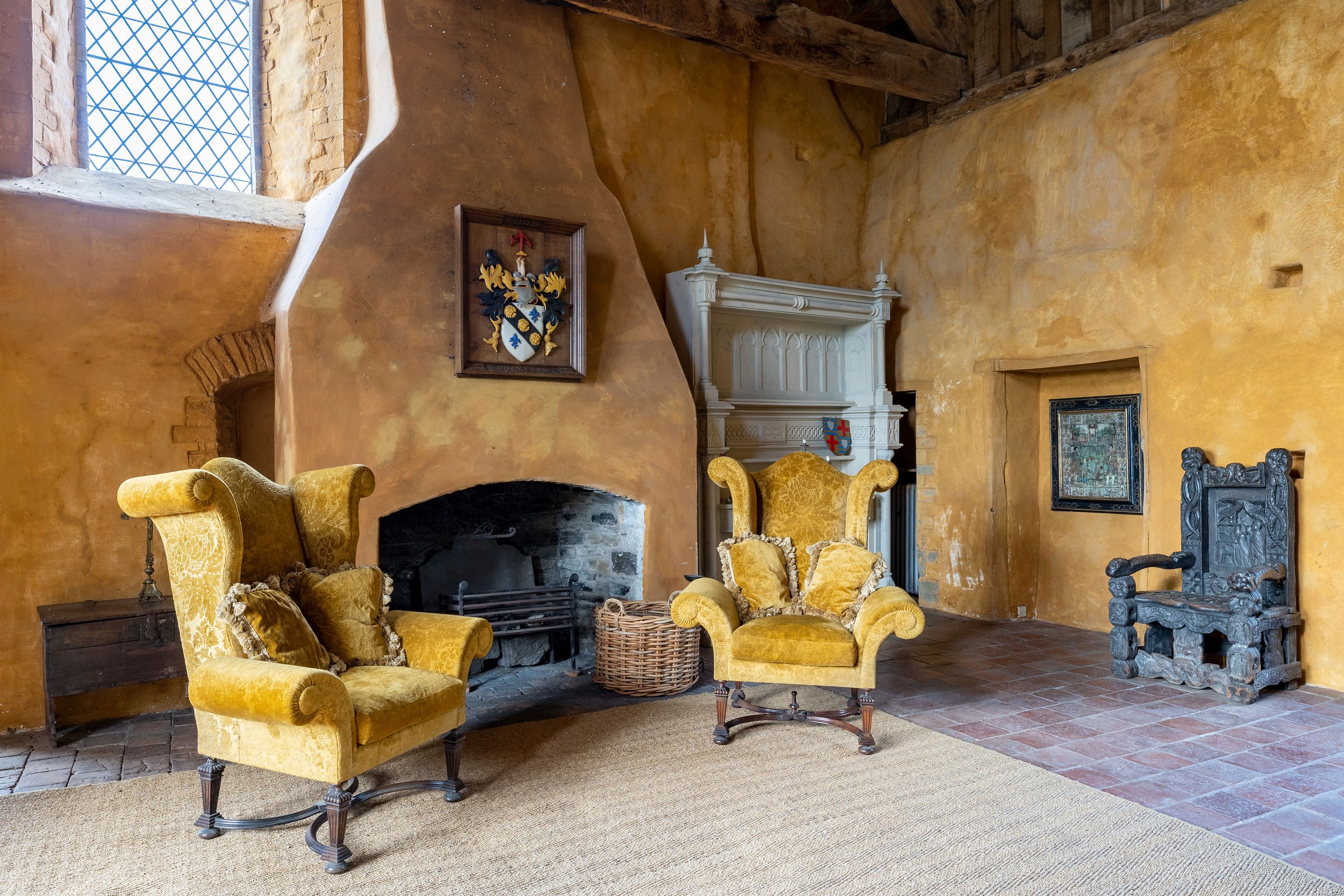
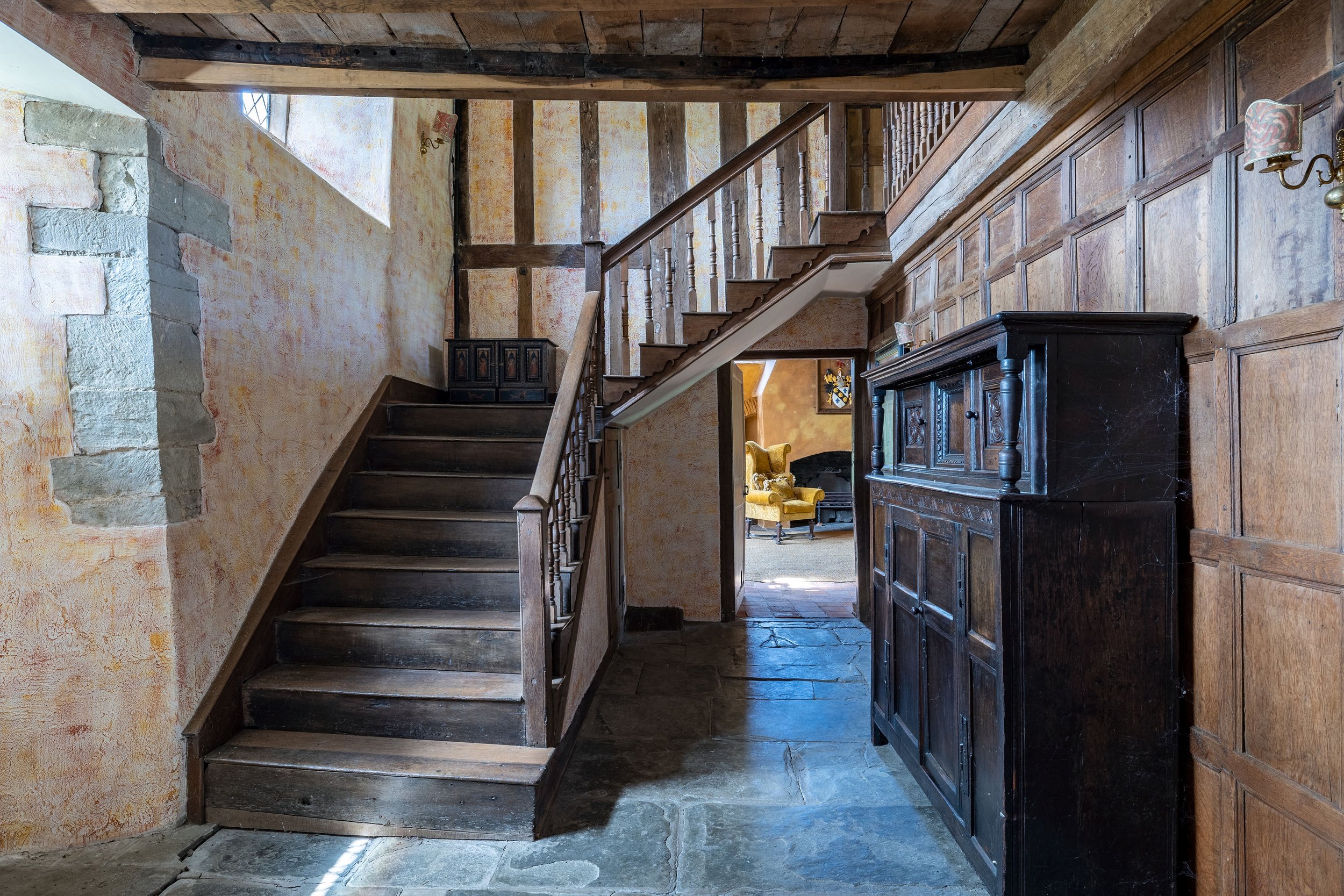
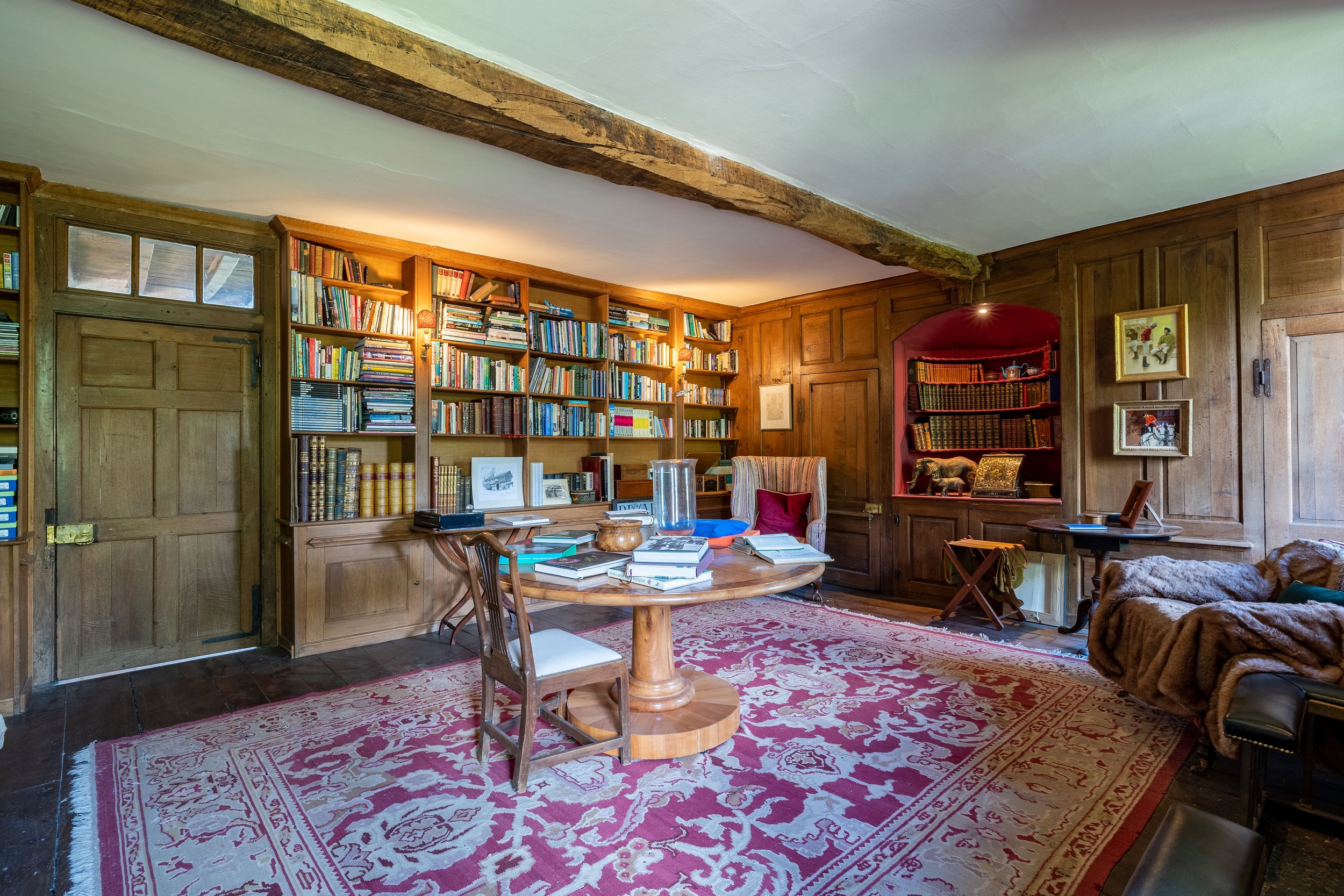

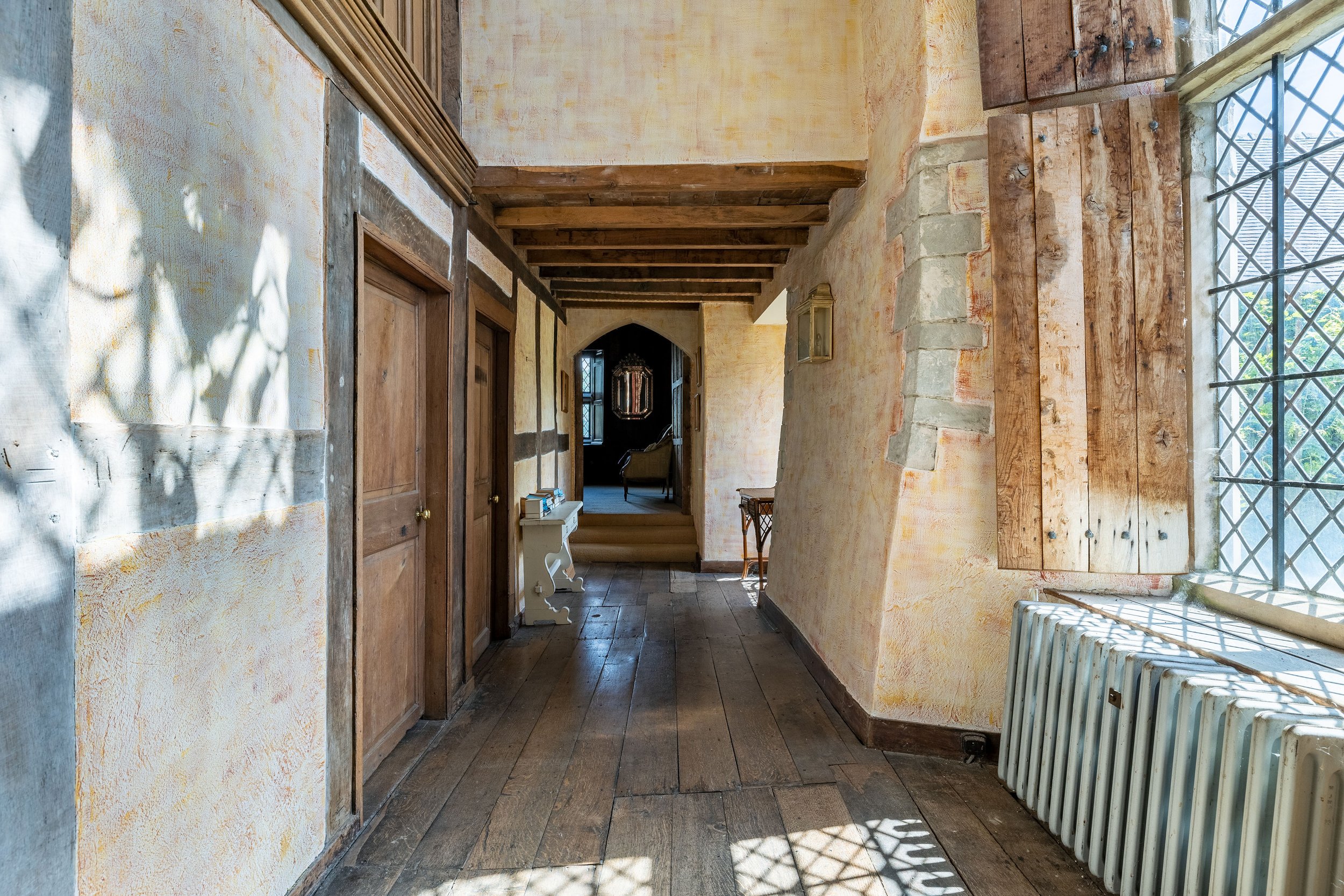
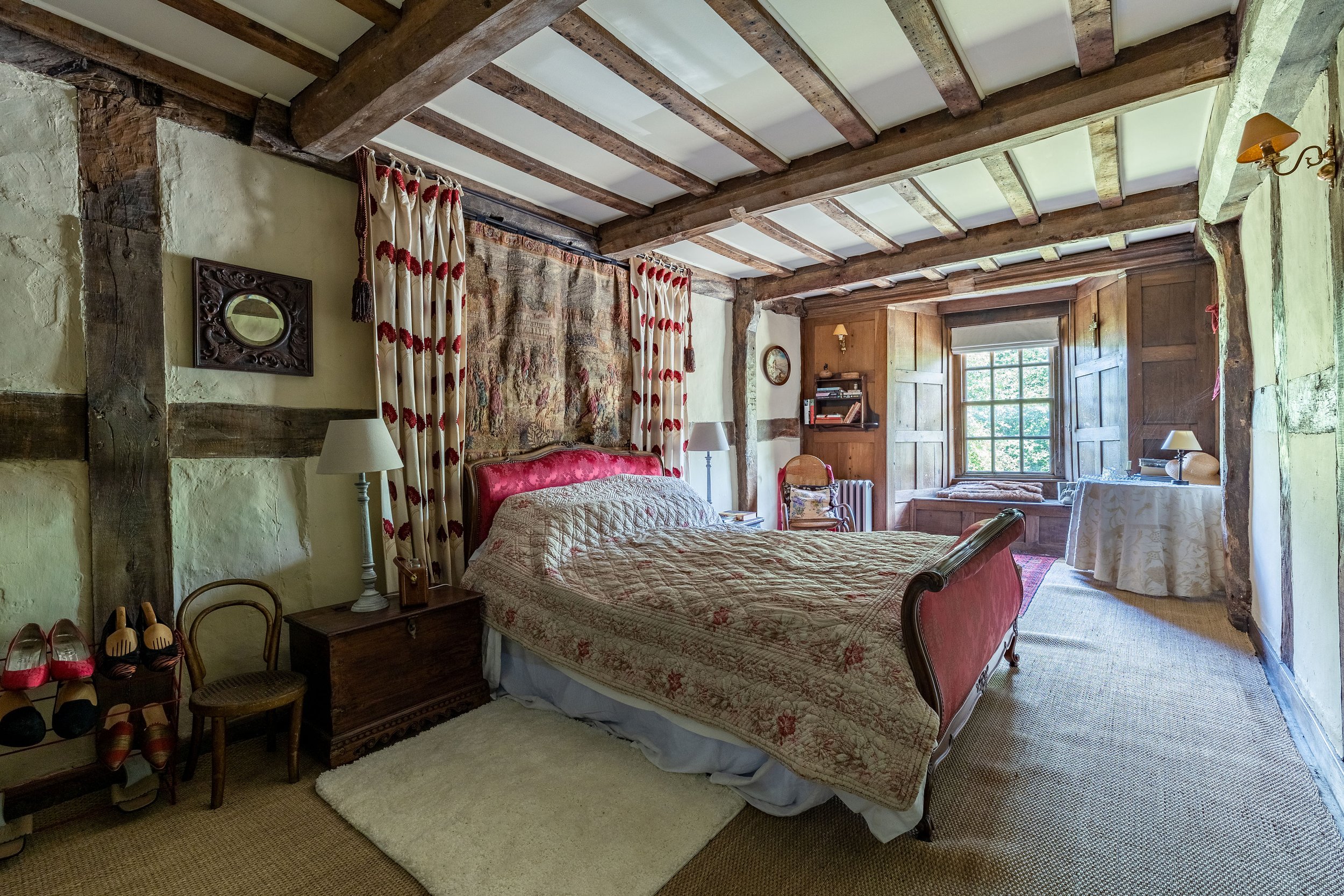
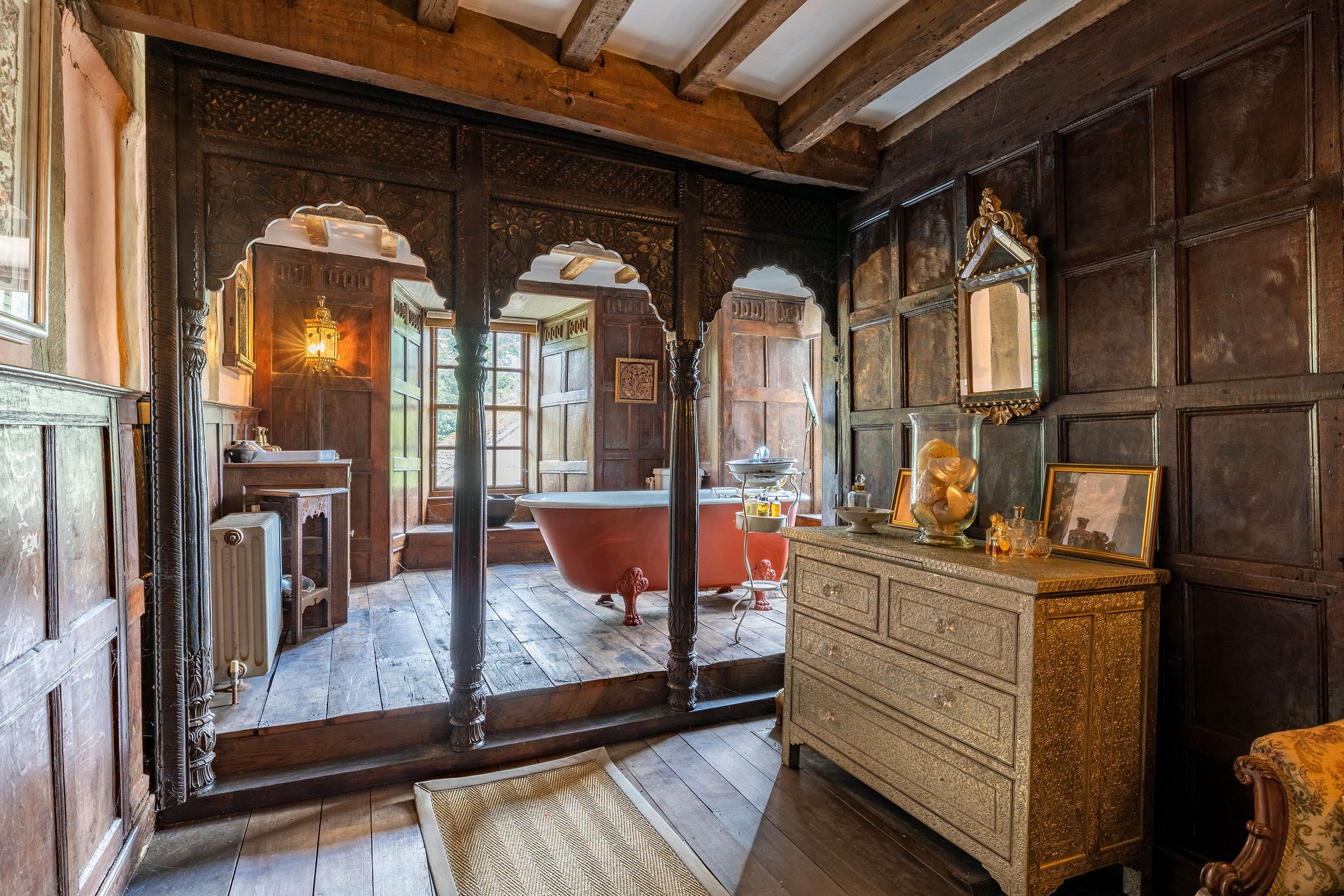
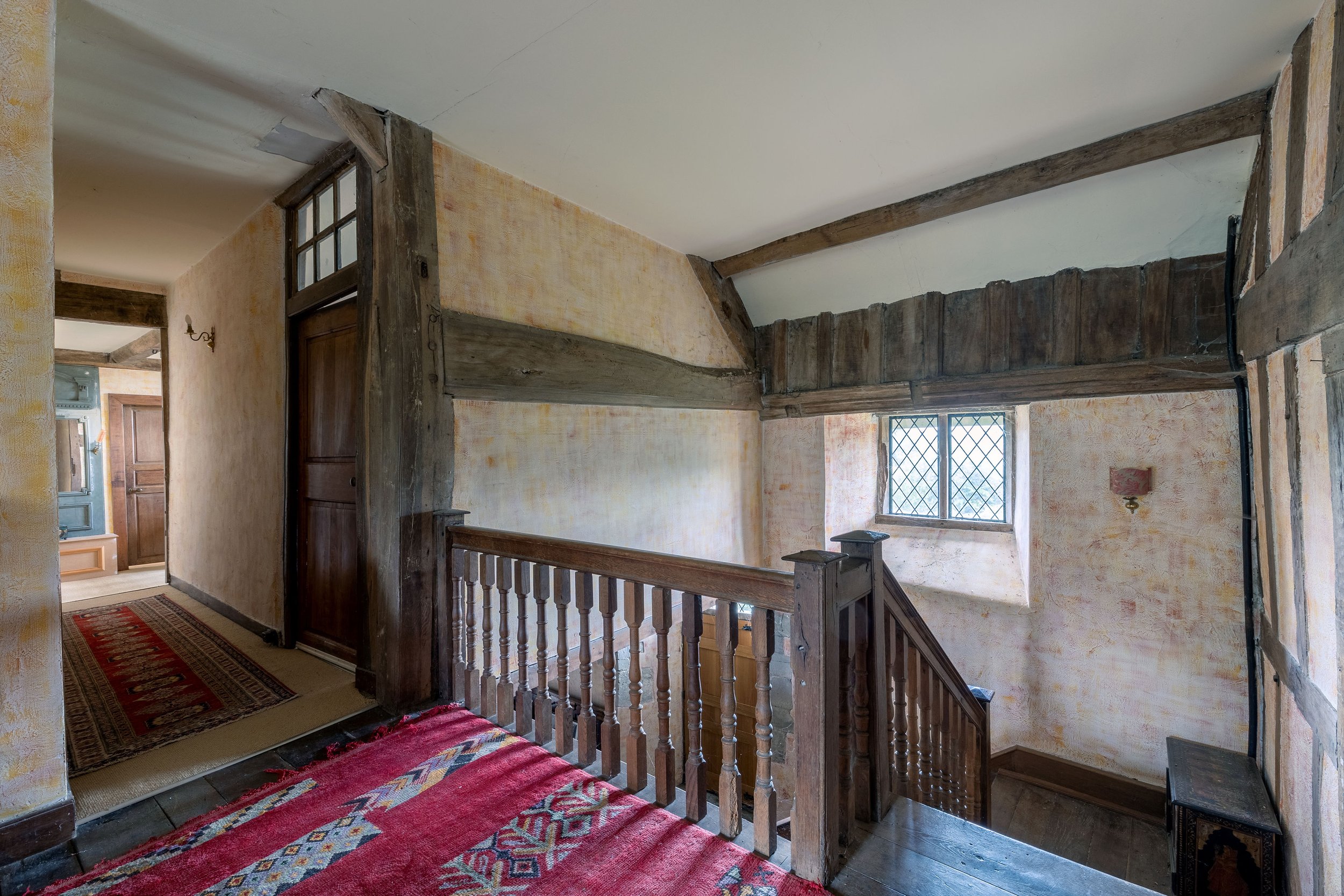
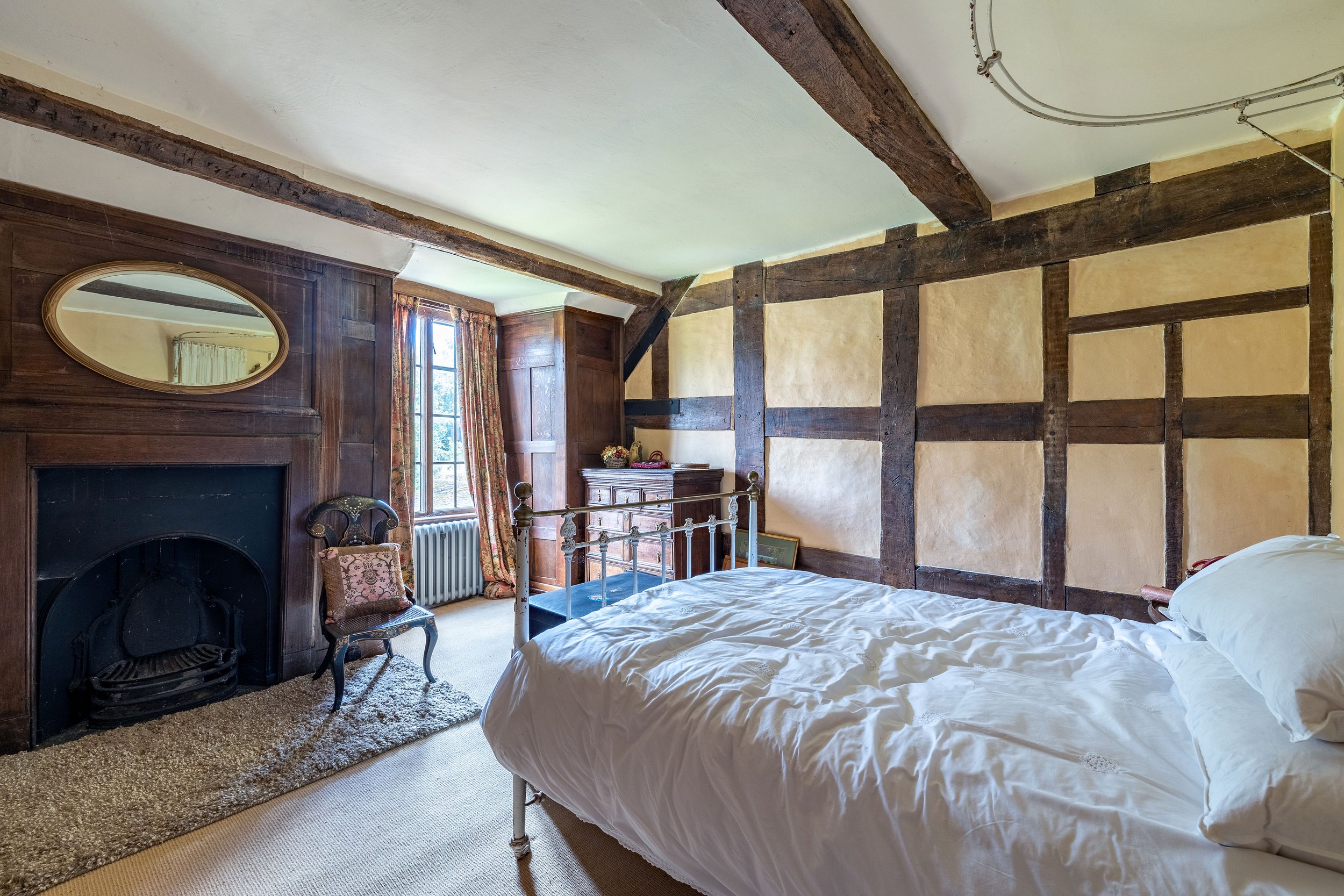
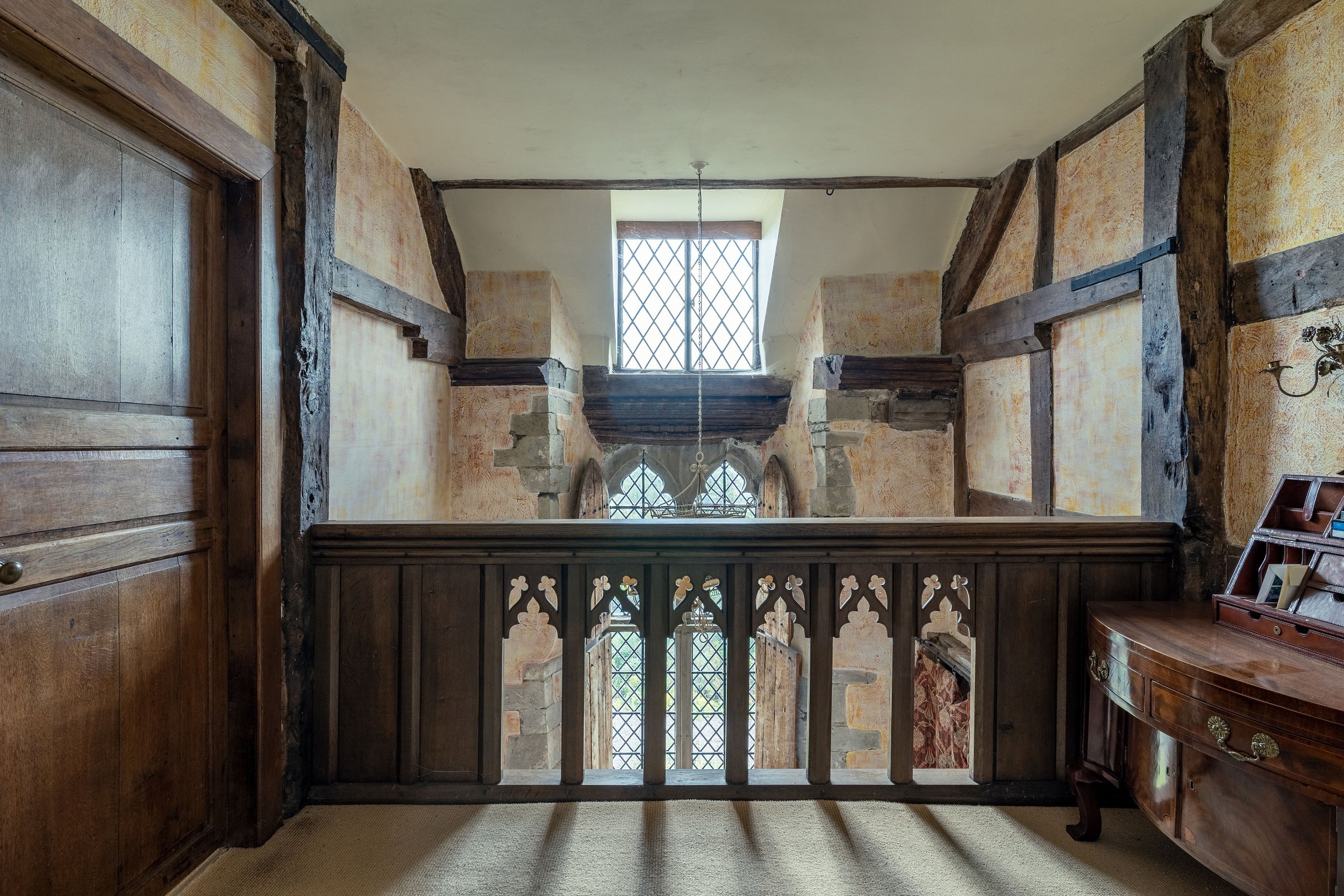

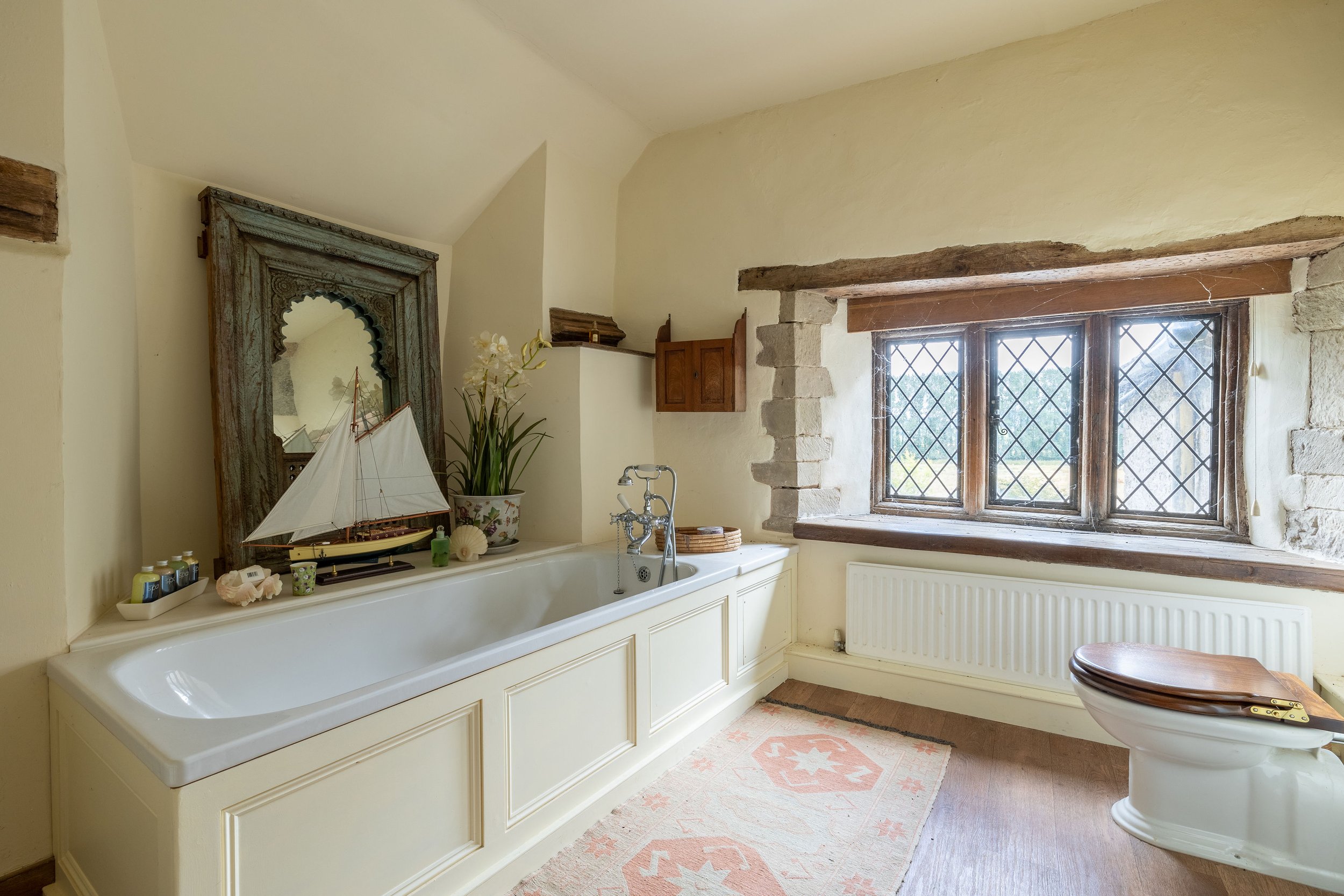
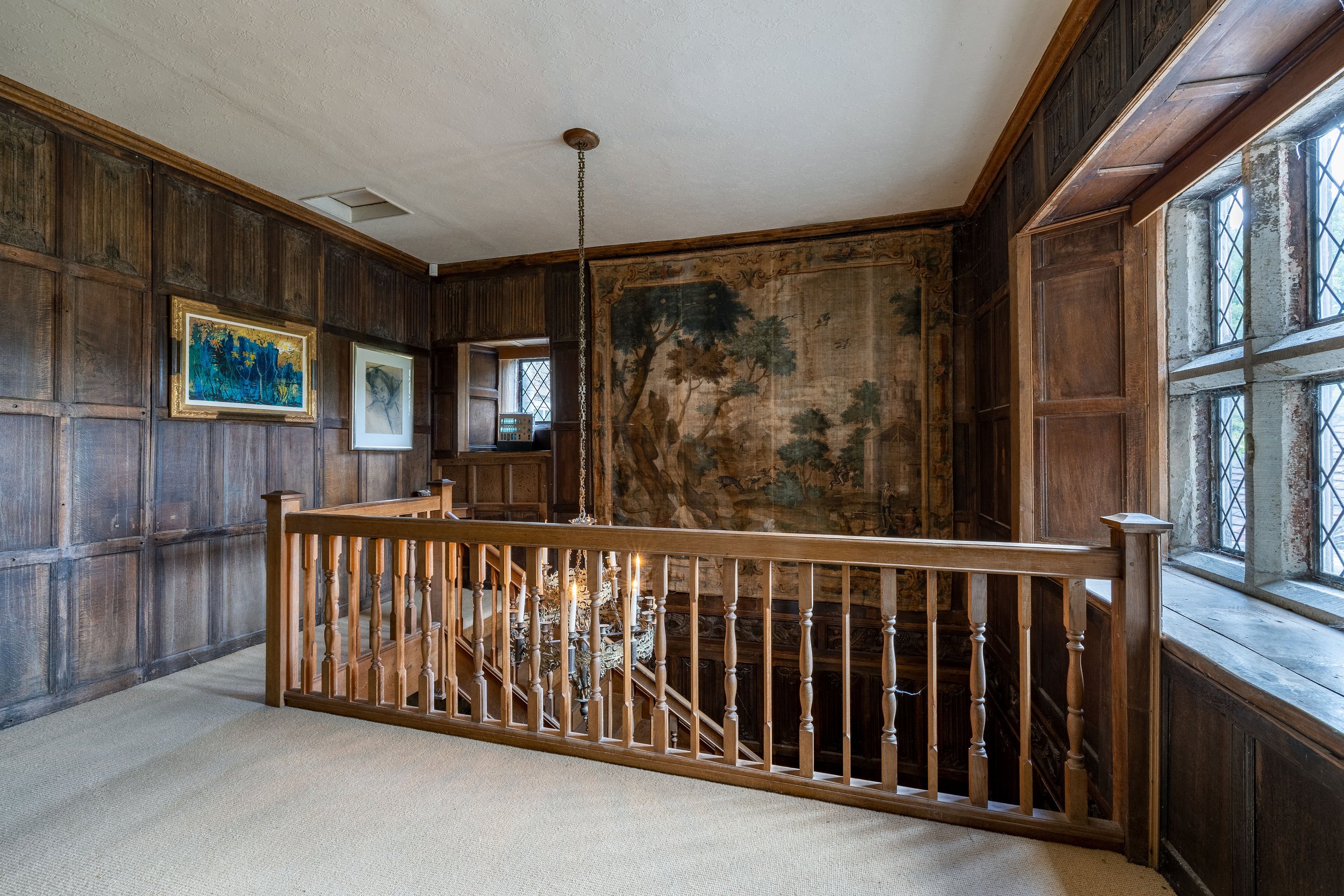
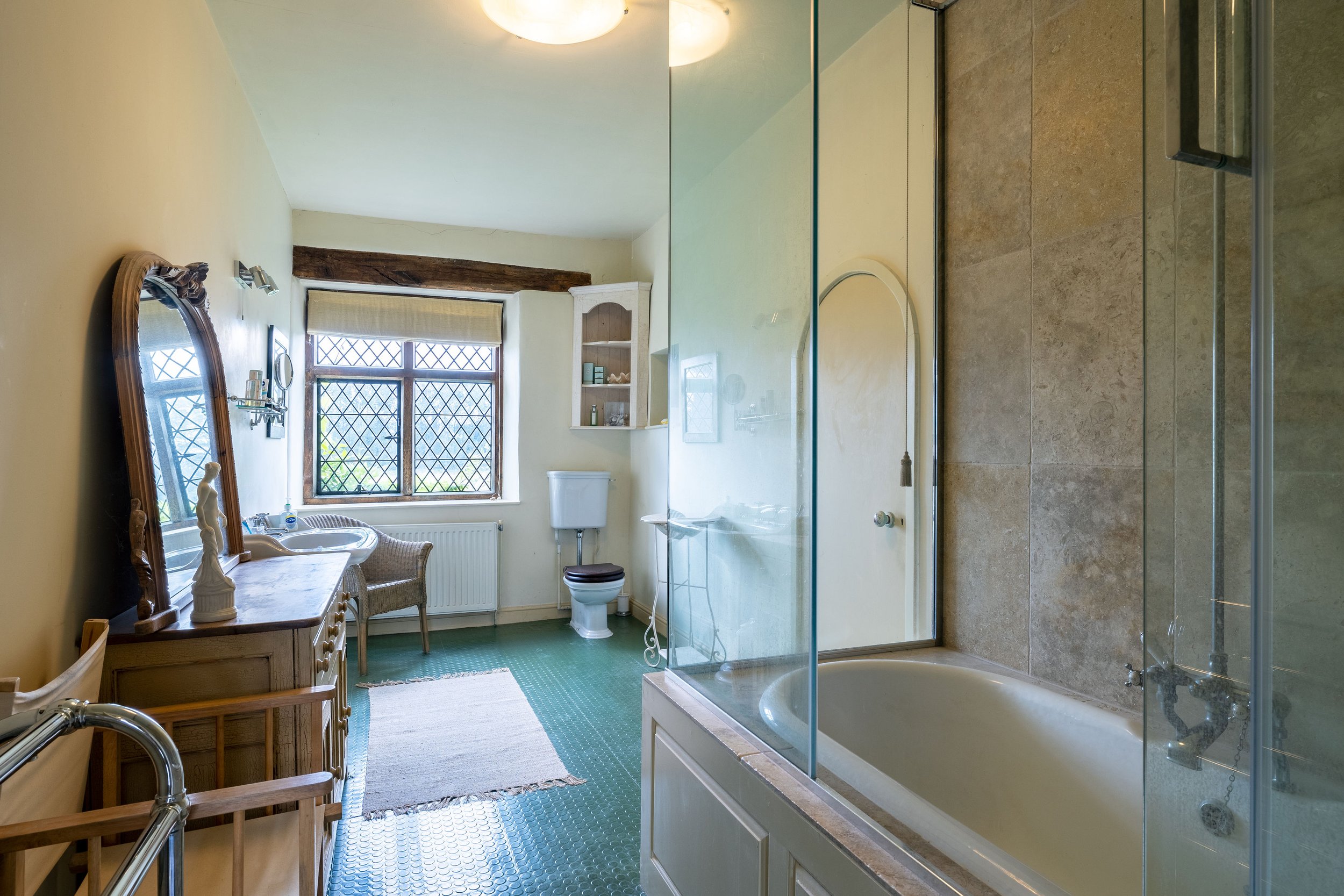
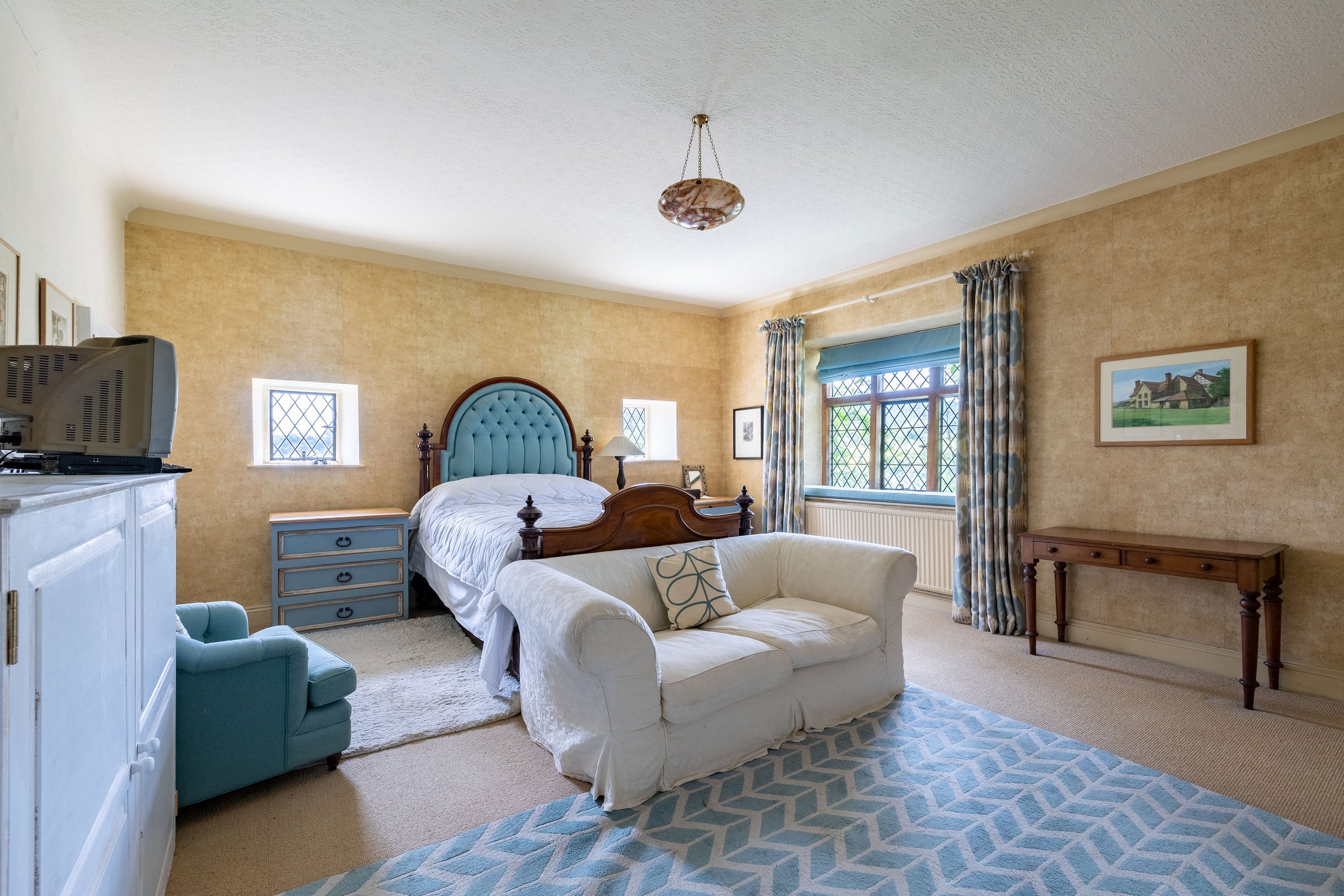
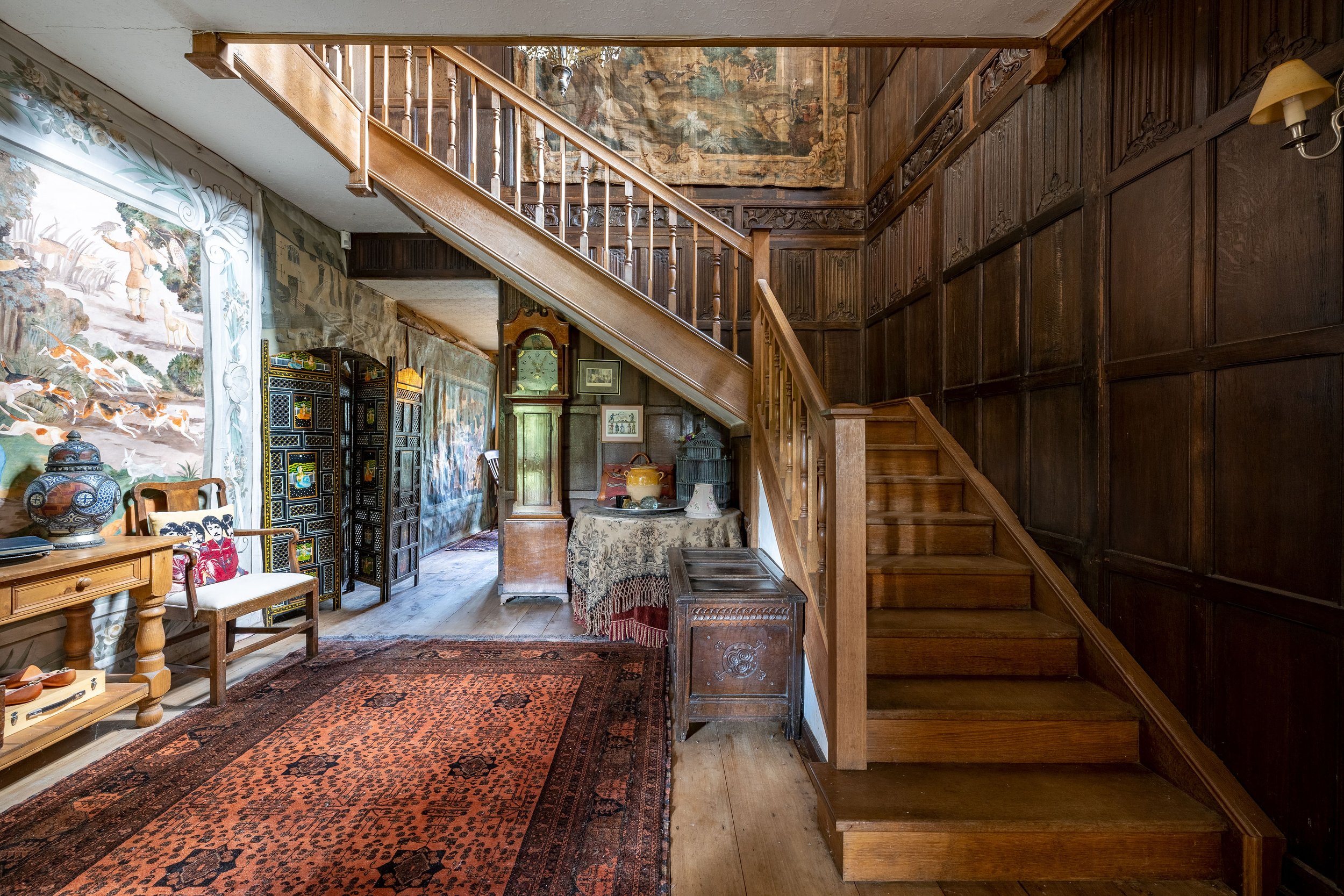
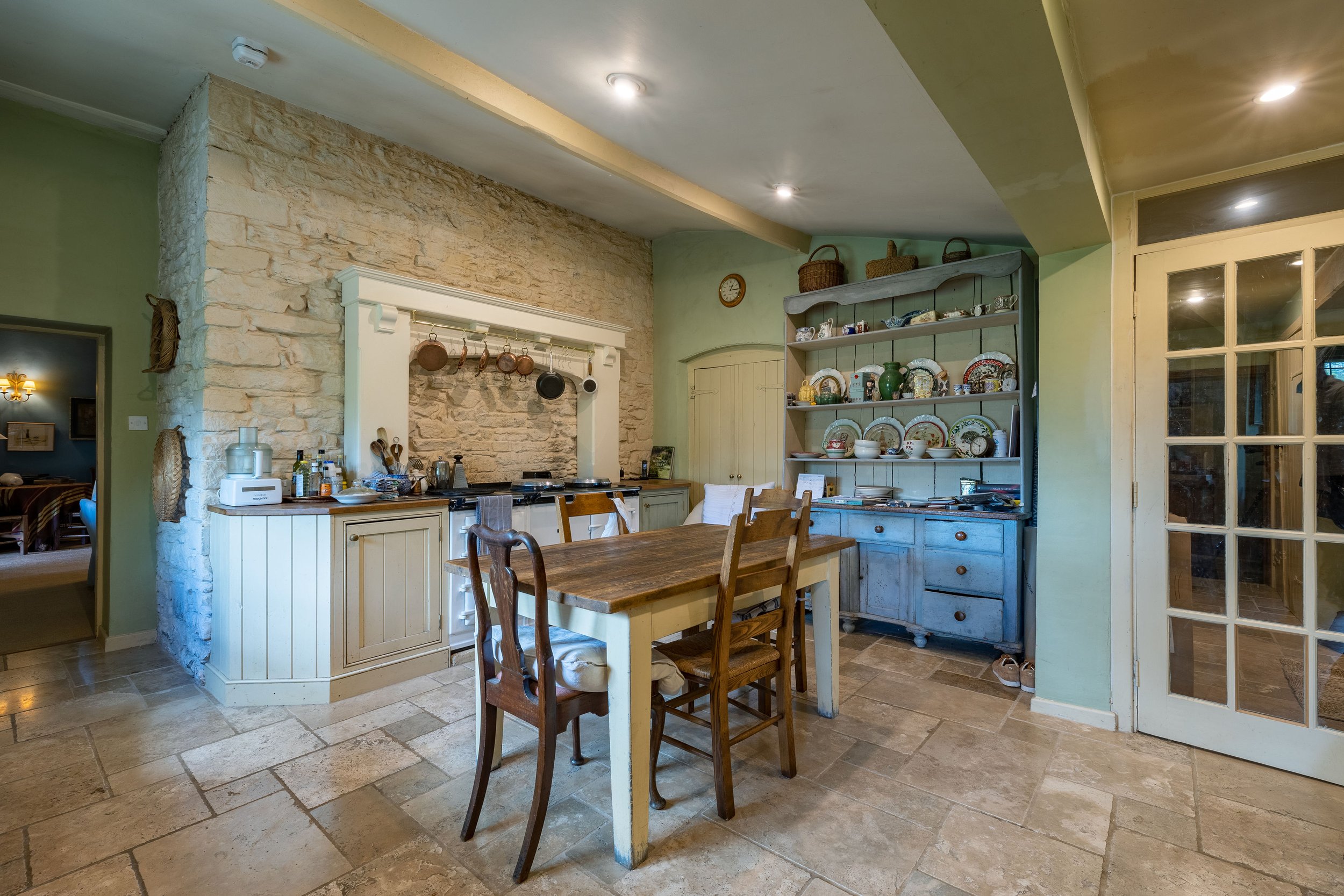
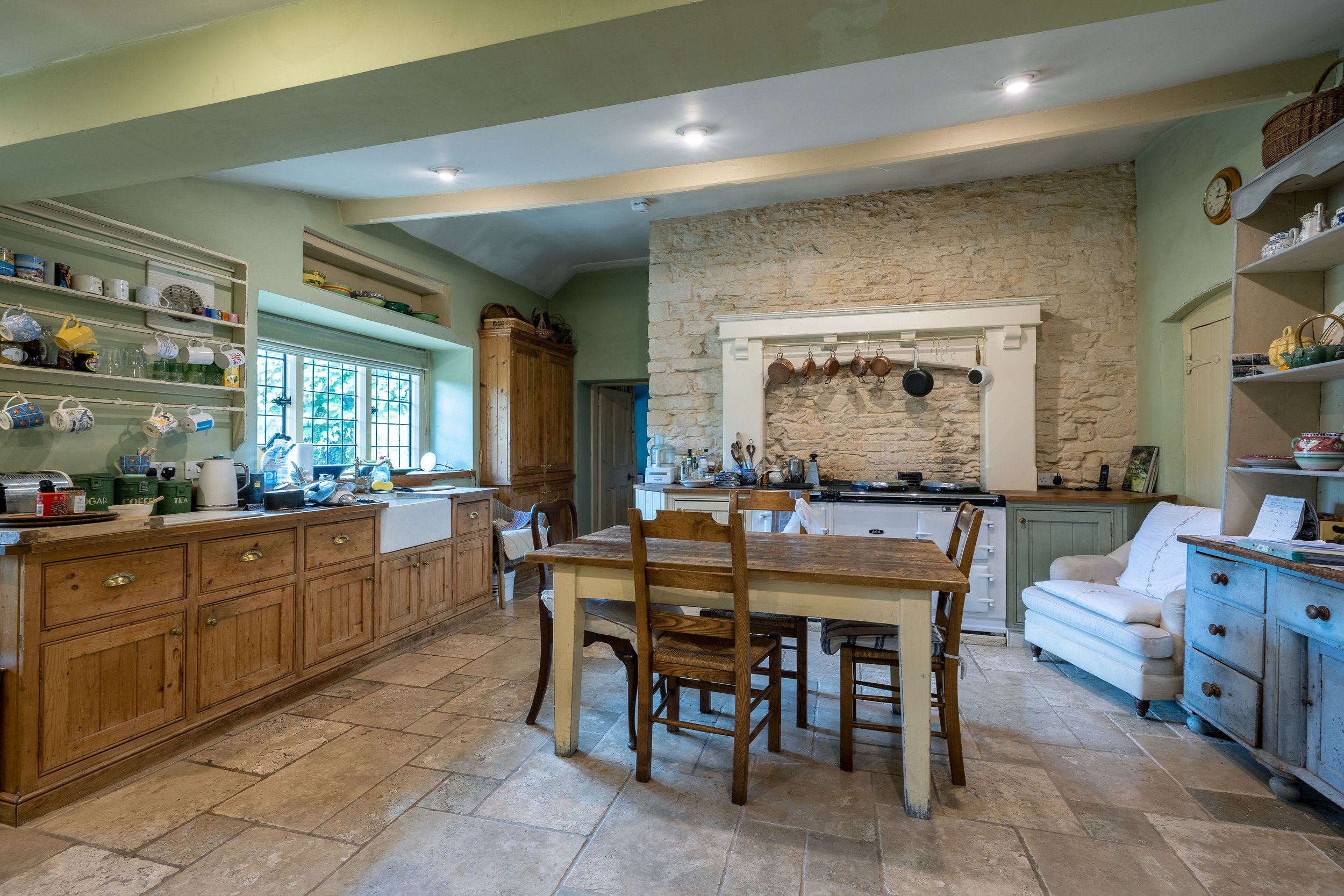
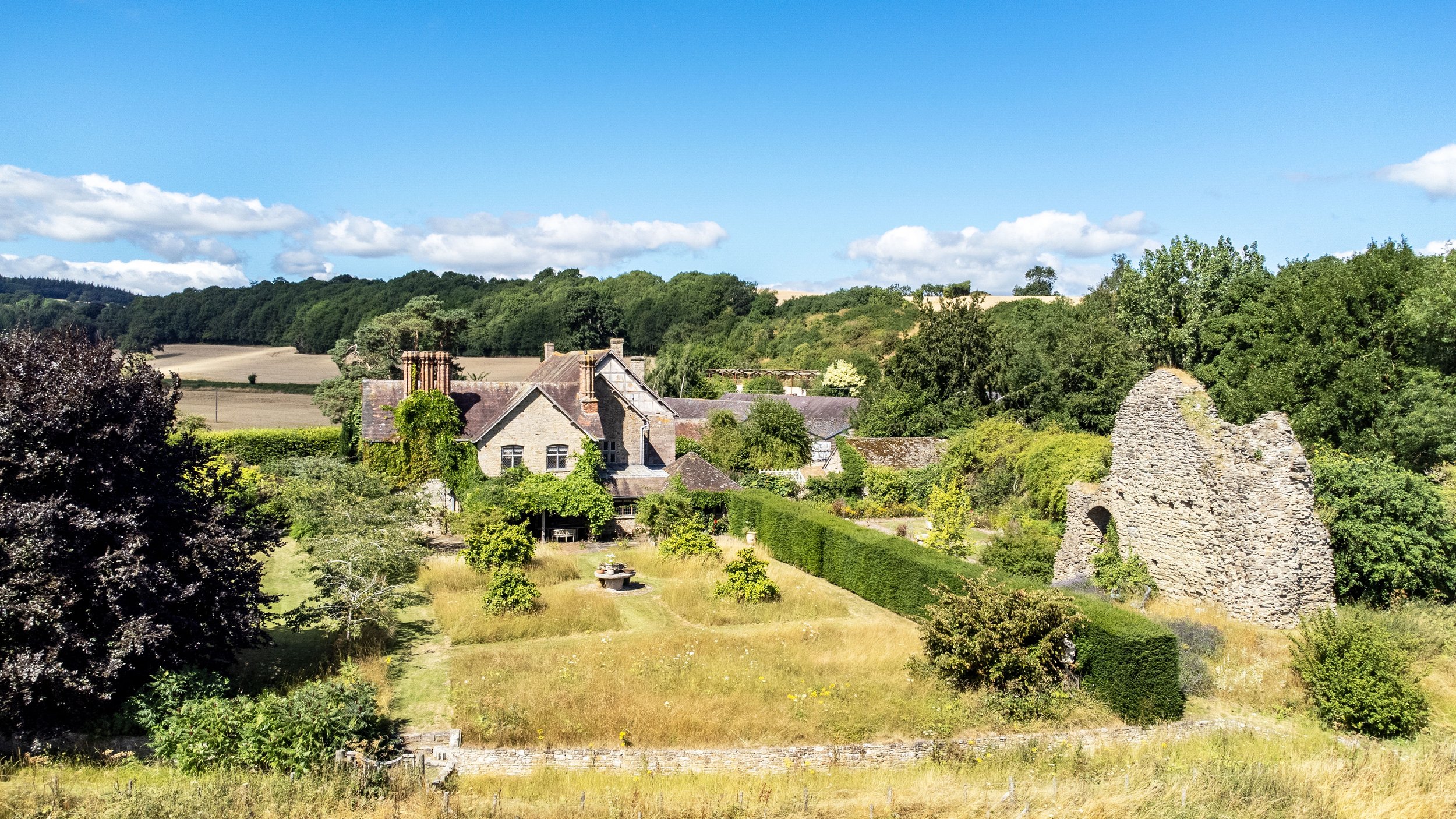
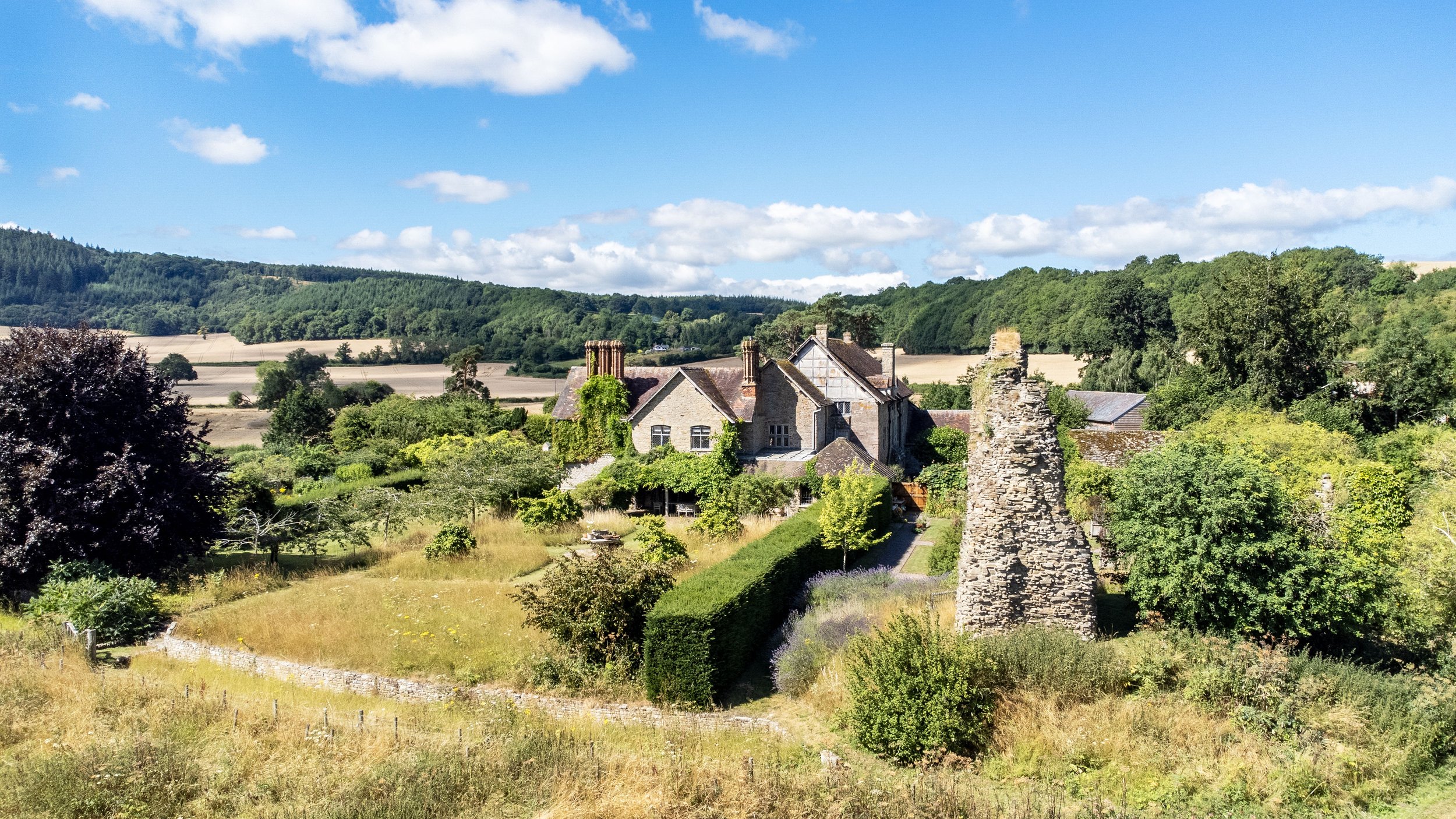
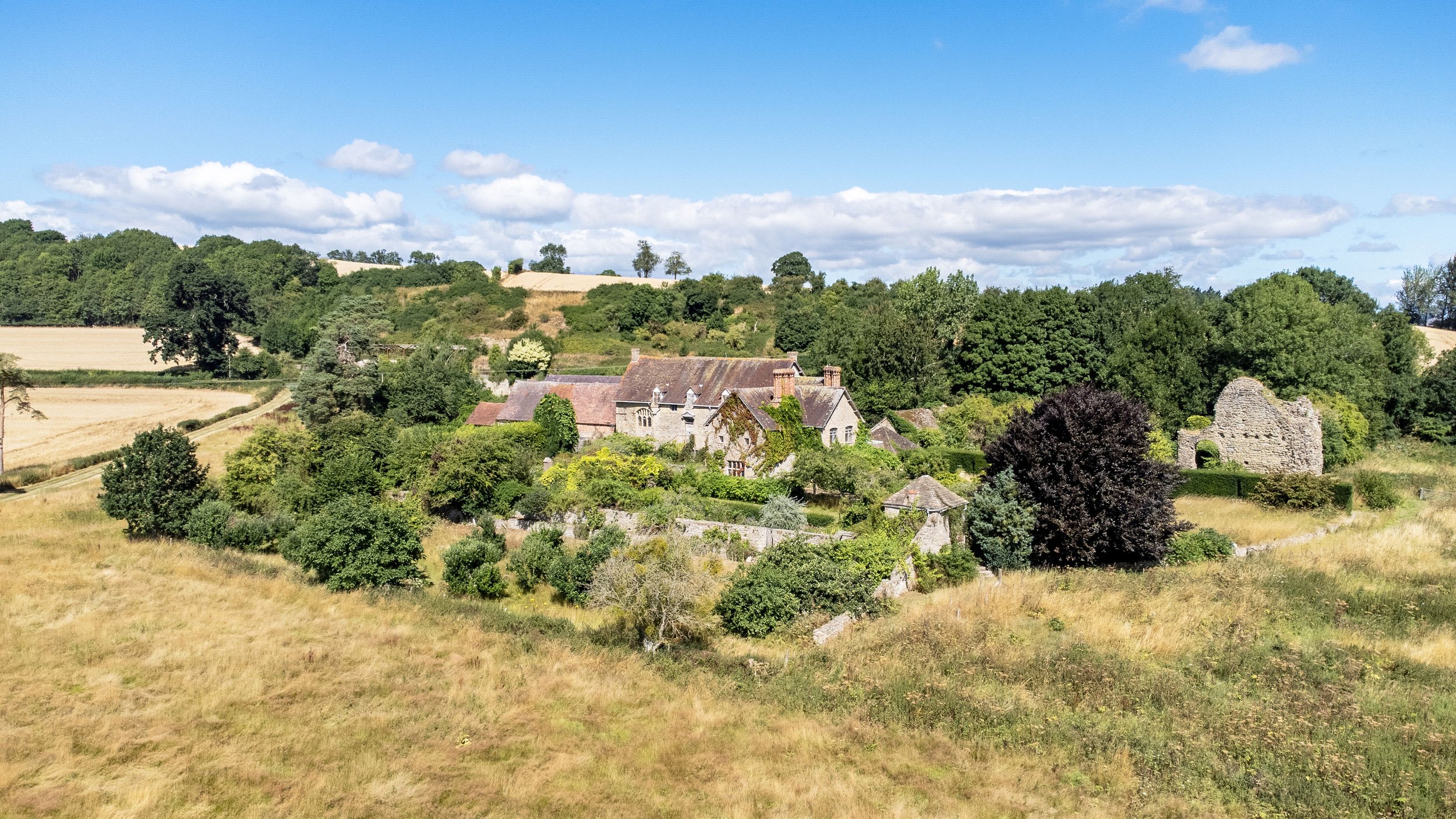
Receptional hall | Kitchen | Sitting room | Drawing room | Utility room | Larder | Cloakroom | Refectory | Cellarers room | Abbots Parlour Library | Seven bedrooms (two en-suite) | Two family bathrooms | Triple garage | Extensive outbuildings | Stabling | Formal gardens | Ancient monument | Paddocks | EPC: Exempt
The Property
Wigmore Abbey is one of the finest and most fascinating properties, both historically and architecturally. Originally dating back to the early 12th Century, Wigmore Abbey boasts an exceptional wealth of history. In the words of J W Tonkin, a noted local Historian "there are still some remains of the original 12th Century buildings including an excellent example of a carving of the time, a complete shell of the 14th Century rebuilding, and the post reformation late 16th Century and early 17th Century adaptations to make the monastic buildings into a house of that period". The remaining Abbot's Lodge forms the main house as it is today. The history of the property unravels a tremendous display of original period and character features throughout including the Refectory, being one of only two timber rooted Undercrofts in the country. The ground floor accommodation comprises a spacious reception hall with exposed stone work and fine oak panelling, the kitchen which is fully fitted with integrated units including a traditional AGA. A useful utility room and larder sit adjacent. The sitting room which boasts a most magnificent ornate stone fireplace housing a wood burning stove. The drawing room has a wonderful fireplace. The 14th Century wing offers the exceptional Refectory and Cellarers Room. The refectory has exposed stone work, the eastern wall is about 4ft thick and thought to be part of the original 12th Century building. There are five timber posts running down the centre, a 14th Century stone fireplace, stoned flagged floor, leaded lights and stone mullioned windows. The cellarers room has large supporting oak beams and leaded lights. A hatch leads to a Garde-robe and the tunnel originally thought to lead to Wigmore Castle. A staircase leads to the first floor.
On the first floor, The Abbots Parlour is a truly fascinating room with extensive exposed beams and full roof height to trusses. There is a large stone chimney with an open fireplace. A particularly fine window mentioned in the listing as "a 3 light 15th Century traciered window". The library is a charming room with oak panelling and shelving. There is an open fireplace. There are three superb bedrooms and two bathrooms. On the second floor there a further four bedrooms, two are en-suite.
History
Wigmore Abbey is steeped in history having been founded in the 12th Century by Augustinian Cannons whose Mother Abbey of St. Victor was in Paris. The Cannons wore black habits and were allowed to have beards and were known as the "Black Cannons". The original Abbey was founded in 1140 at Shobdon by Oliver de Merlimond, Chief Steward to Sir Hugh de Mortimer of Wigmore Castle. They moved from Shobdon via Aymestry to the site at Wigmore in 1179 and the remains of the original Augustinian Monastic Church can still be seen within the grounds of the property. The Abbey was destroyed by the Welsh in 1221 and almost completely re-built in the late 14th Century from which much of the present building dates. The Abbey has long associations with the powerful Marcher family of the Mortimers who lived at Wigmore Castle, and many of them are buried within the gorunds. Perhaps the most famous Mortimer, later to become Edward IV is buried at St George's Chapel, Windsor Castle. Amongst the many fascinating features of this historic house is a garde robe giving access to a tunnel which used to connect directly to Wigmore Castle (now itself a ruin). The last Abbot, John Smart succeeded to his office in 1517 and handed over the keys of the Abbey to the commissioners of Henry VIII in 1538. After the dissolution the Abbey and its lands were granted by Edward VI to Sir Thomas Palmer. Since then there have been numerous occupiers.
Ancient Monument
Situated in the grounds of Wigmore, is the former Abbey, which is now a ruin. This dates from the late 12th Century. The ruin is scheduled as an Ancient Monument and is listed Grade I.
Outside
The gardens and grounds at Wigmore Abbey extend to around 5.29 acres in total. The immediate gardens are formally landscaped and offer a beautiful and idyllic setting. Mainly laid to lawn there are some exceptionally well stocked herbaceous borders and shrubbery. There are some mature trees interspersed throughout the grounds. Situated in the garden is a discreet but charming Grade II Summer House. The surrounding countryside provides exceptional panoramic views including the nearby Mortimer Forest. There are also paddocks within the grounds.
Situation
Wigmore Abbey sits on the edge of the rural village of Adforton and about 1.7 miles from the nearby village of Leintwardine. Leintwardine offers a wonderful community and day-to-day amenities including a village store, a butchers, two pubs and a petrol station. Just further afield, the vibrant and historic market town of Ludlow offers further amenities and a train station connecting to the wider network. The Cathedral City of Hereford is around a 40 minute drive away and offers a wider shopping experience overall. The surrounding countryside is exceptionally beautiful, overlooking the unspolit farmland of Wigmore Moor to the hills of Gatley and Croft Ambrey in the distance. This Herefordshire countryside is arguably some of the most attractive in the country. A wonderful mixture of farmland and wooded hillsides provides excellent riding and walking opportunities.
Directions
From Ludlow, head West on Whitcliffe Road for about 4 miles and turn right signposted for 'Bringewood'. Continue along here for about 2 miles and at the triangle take a slight left and proceed again to the end of the junction where you will turn left. Proceed along here for about 0.2 of a mile and find Wigmore Abbey on your left hand side just after some outbuildings.
What3words - ///verve.expansion.echo
General information
Local Authority: Herefordshire Council
Services: Mains electricity. Oil fired central heating. Private drainage. Private water.
Council Tax: Band G
Wayleaves, easements and rights of way: The property will be sold subject to and with the benefits of all wayleaves, easements and rights of way, whether mentioned in these sales particulars or not.
Please note that there is a right of way in favor of the local farmer between points C and D and H and G.
Viewings: Strictly by appointment via Mark Wiggin Estate Agents.
